Delicate systematic marks revealing a dual undertone; rhythmic yet ad hoc strokes whisking the painterly surface; fine wisps skirting the edges of the page. Each are elements composing the delicate, process-driven work of seminal Korean artist Cho Yong-Ik (1934-2023). Rising to prominence in the mid 60s following his studies at Seoul National University, Cho commenced by creating colourful abstract compositions before passing in the 70s to the Dansaekhwa rubric of expression[1]. Not a movement in the strict sense of including a select number of artists tied to a manifesto[2], this period of artistic action championed repetition, meditation, and tranquility through placing the ‘act of making’ at the heart of creation. Translated into English as ‘monochrome painting’, Cho differentiated himself from other Dansaekhwa artists by permitting subtle hints of colour to grace his work, whilst maintaining true to the emphasis on natural, energetic materiality.
Following the period of political turmoil that pervaded Korea in the 50s, a need amongst several artists in the newly established South Korea emerged for reconnecting with their roots of the Chosun Dynasty; those sentiments and habits associated with Daoism, Confucianism and Buddhism[3]. Dansaekhwa provided an articulation for this resurgence, through its characteristic of ‘manipulating’ the materials of painting: pushing, painting, dragging it. All, however, without aggression; the effect was rather one of meditative catharsis, an aspect of art production that permits the exploration of soft objects, from rice paper to the pigments used, to the delicate canvas. Melding both pictorial articulation and a level of performance, the works convey a timeless, universal language whilst equally symbolising a ‘liberation’ from strict traditions of Korea’s artistic heritage.
Cho followed the key tenets of the Dansaekhwa rubric whilst adding elements of his own. The ‘Scratch Series’ from the 70s, for example, shows his rhythmic gesturing across the canvas, as he pressed off the top layer of paint with his bare thumb to reveal the alter undertone. Whilst following at times the monochromatic painting values ascribed to by other Dansaekhwa artists, Cho equally diverted from it, experimenting with dual tones of vivid reds, oranges and occasionally blues. As such, he added a further layer of vitality to his paintings, emphasising their gestural qualities, whilst bridging a gap with the tonal properties of his ‘Geometric Abstract’ paintings of the 60s.
Following through Cho’s ‘Wave Series’ of the 80s and his later ‘Bamboo Series’ of the 90s, one continues to see this constant push and pull between the monochromatic tendencies of his peers and his more vivacious channeling of the techniques. For the ‘Waves Series’ he delicately, yet with great physical exertion and in a single exhalation, whisked at the surface of each painting, creating minimalist, repeated yet ad hoc sweeps across the surface. Suggesting rather than depicting the sea or the ocean, the viewer at once senses it through the works’ gesturality, and is also left to complete the paintings’ pictorial equation both through their physical presence and gaze. Equally with the ‘Bamboo Series’, the leaves finely appear on the paper, revealing the textures of the materials used. Whereas the image of the bamboo itself is minimalist, two-dimensional and nearly naive, the quality of execution gives the entire series a textural sense of three dimensionality.
Overall, Cho introduces an important angle to the discussion surrounding Dansaekhwa: he identifies as such an artist – his thoughts as well as techniques certainly associate him with this line of action heralding repetition, meditation, and tranquility – yet, he permitted for the insertion of colour. Rather than it distracting from the rubric’s emphasis on meditation, however, it seems to convey the possibility of multiple emotional states, from one of warmth to others of detachment. As such, Cho’s work probes us to consider the diverse formal languages of Dansaekhwa and fleshes out to a greater extent its associations with tactility, spirit and performance.
Cho Yong-Ik has been highly lauded as one of South Korea’s most important painters and recently held a major solo exhibition at the Sungkok Art Museum, Seoul (2016). Further exhibitions include the Leeum Museum of Art, MMCA Seoul & Gwacheon, Arko Art Center Seoul and Fukuoka Museum of Art. Cho’s work has additionally been exhibited in various Biennales, including Paris (1961, 1969), Sao Paulo (1967) and is held in multiple permanent collections, including M+, Hong Kong; National Museum of Modern and Contemporary Art, South Korea; Seoul Art Museum; Leeum Museum of Art, Seoul and Gwangju Museum of Art.
[1] Jung Yu-Jin, ‘Korea Painting Now’, 2012
[2] Yoon Jin Sup, Joan Kee, Till Fellrath, Sam Bardaouil, ‘Skin and Surface’, Frieze, Feb 2015
[3] Henry Meyric Hughes, ‘The International Art Scene and The Status of Dansaekhwa’, Art in Asia, 2014
Cho Yong-Ik South Korea, B. Bukcheong, Korea, 1934 - 2023
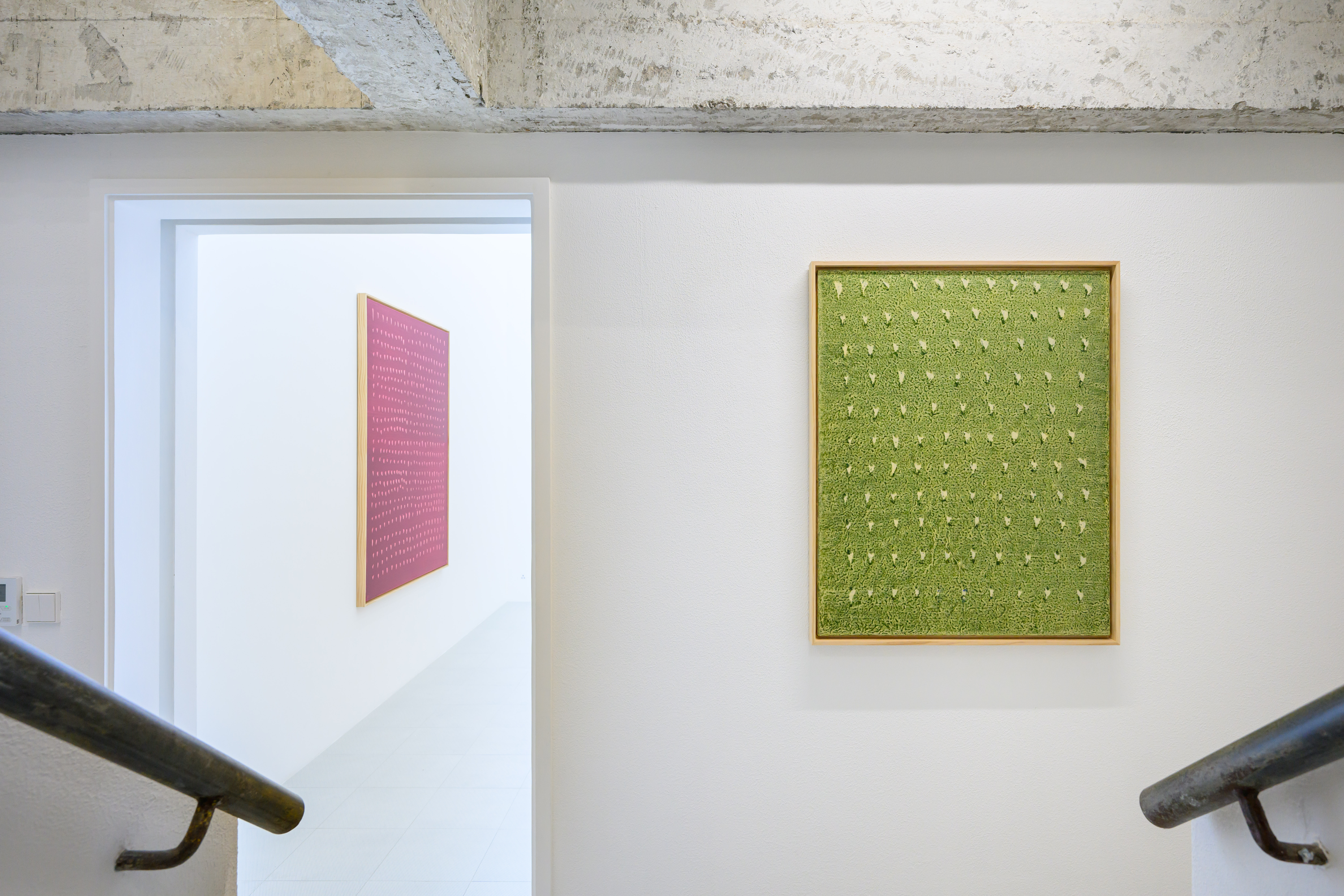
Installation view, ‘Cho Yong-Ik: Late works’, Cho Yong-Ik, solo exhibition, Kiang Malingue, Sik On street, Hong Kong, 2023.
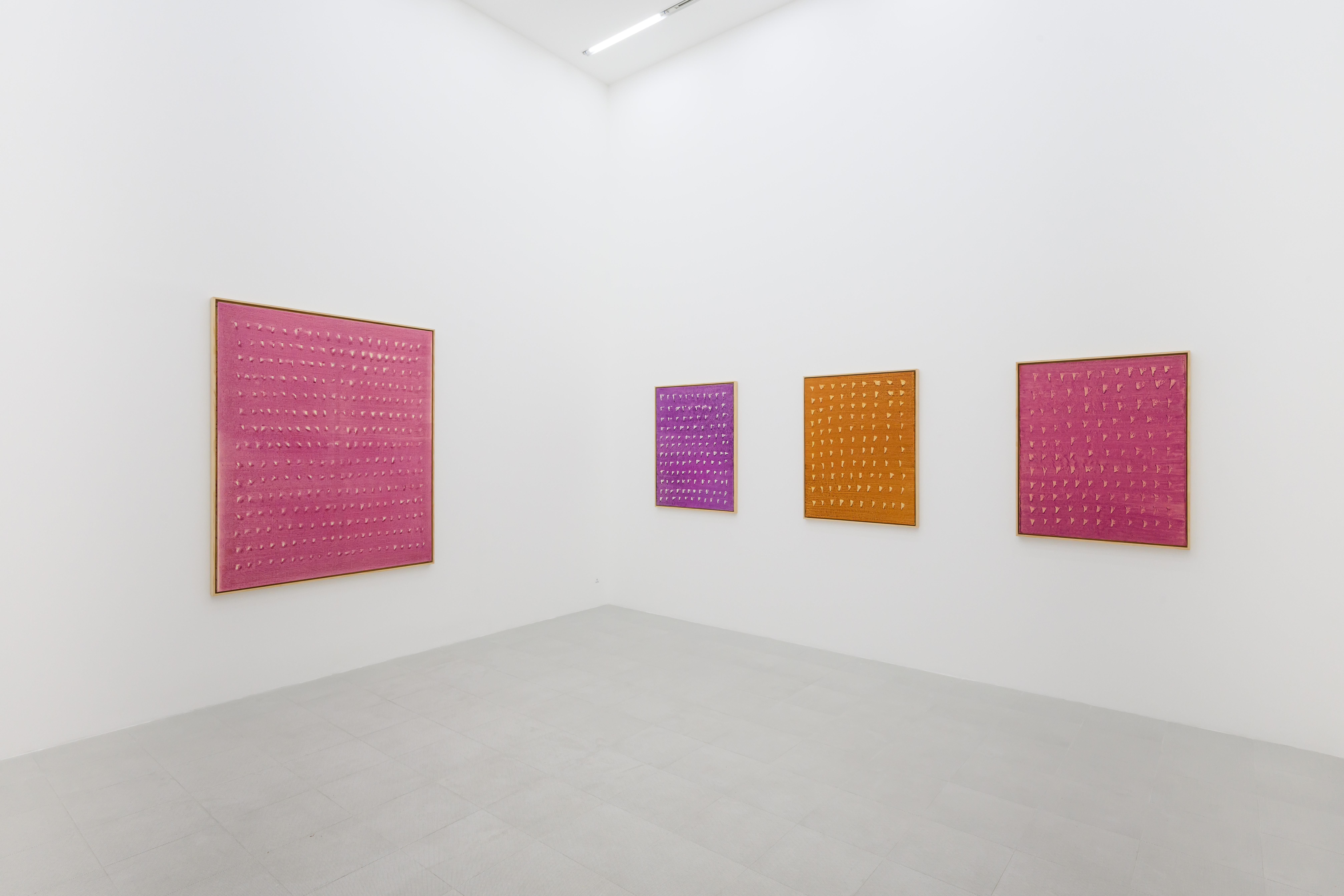
Installation view, ‘Cho Yong-Ik: Late works’, Cho Yong-Ik, solo exhibition, Kiang Malingue, Sik On street, Hong Kong, 2023.
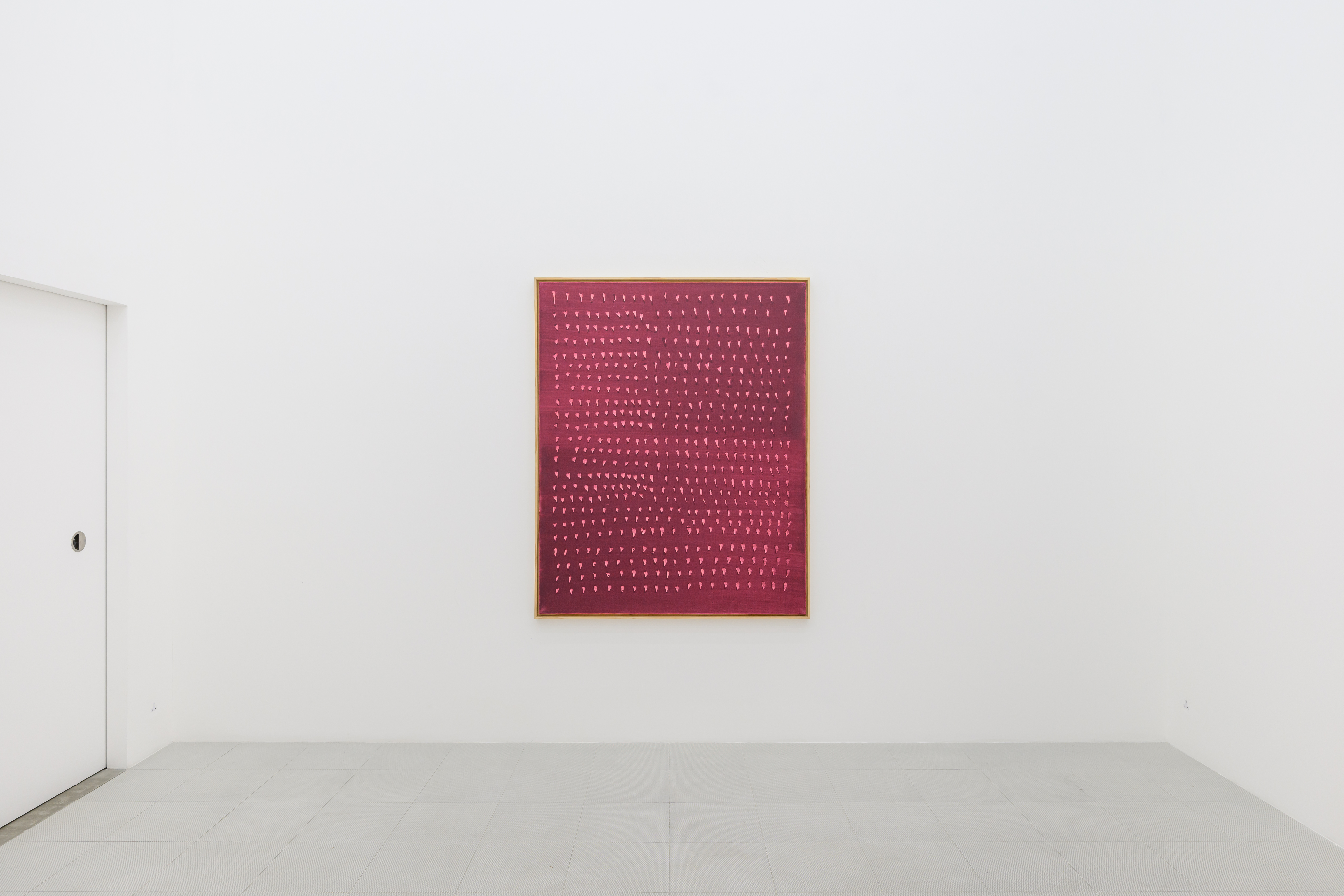
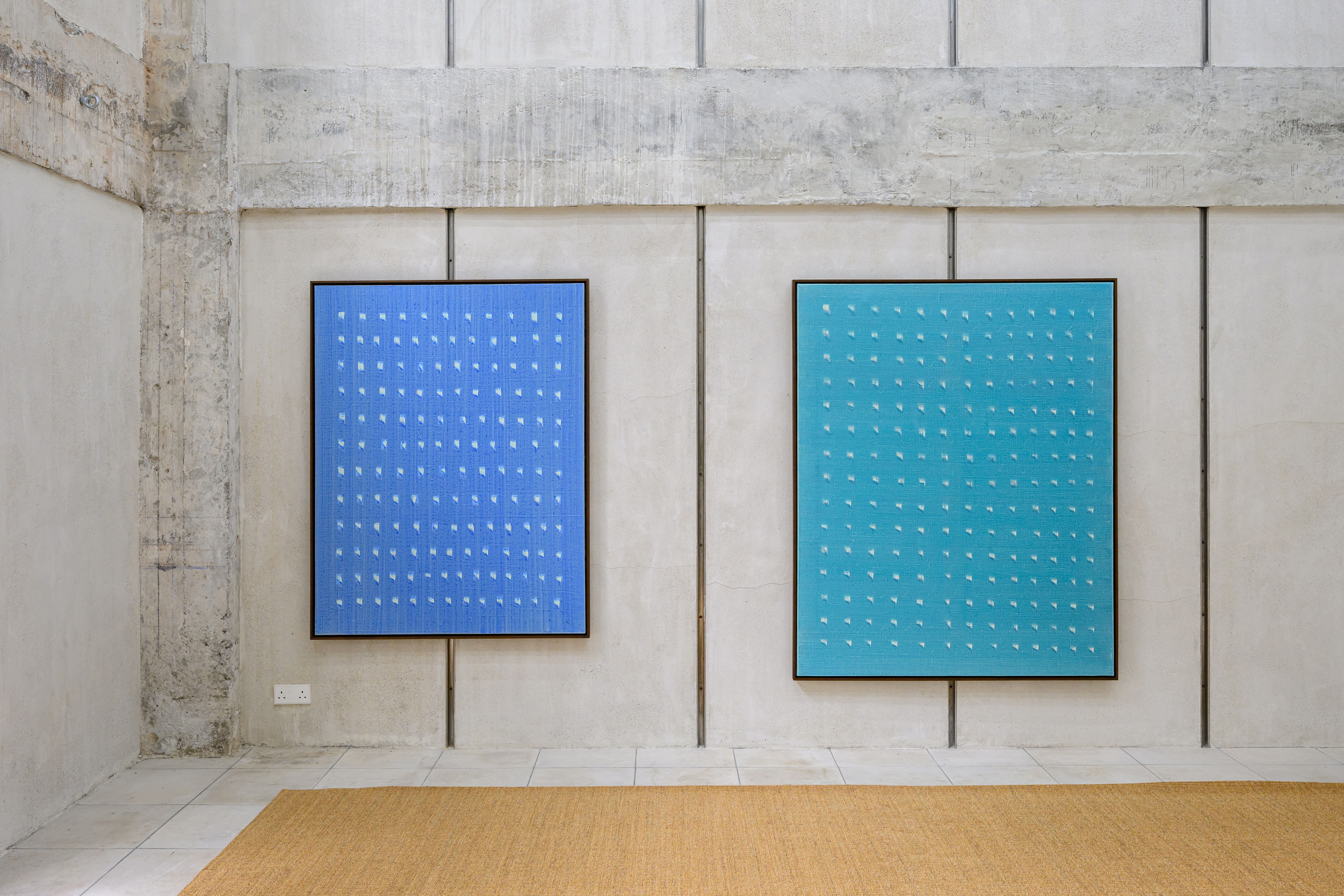
Installation view, ‘Cho Yong-Ik: Late works’, Cho Yong-Ik, solo exhibition, Kiang Malingue, Sik On street, Hong Kong, 2023.
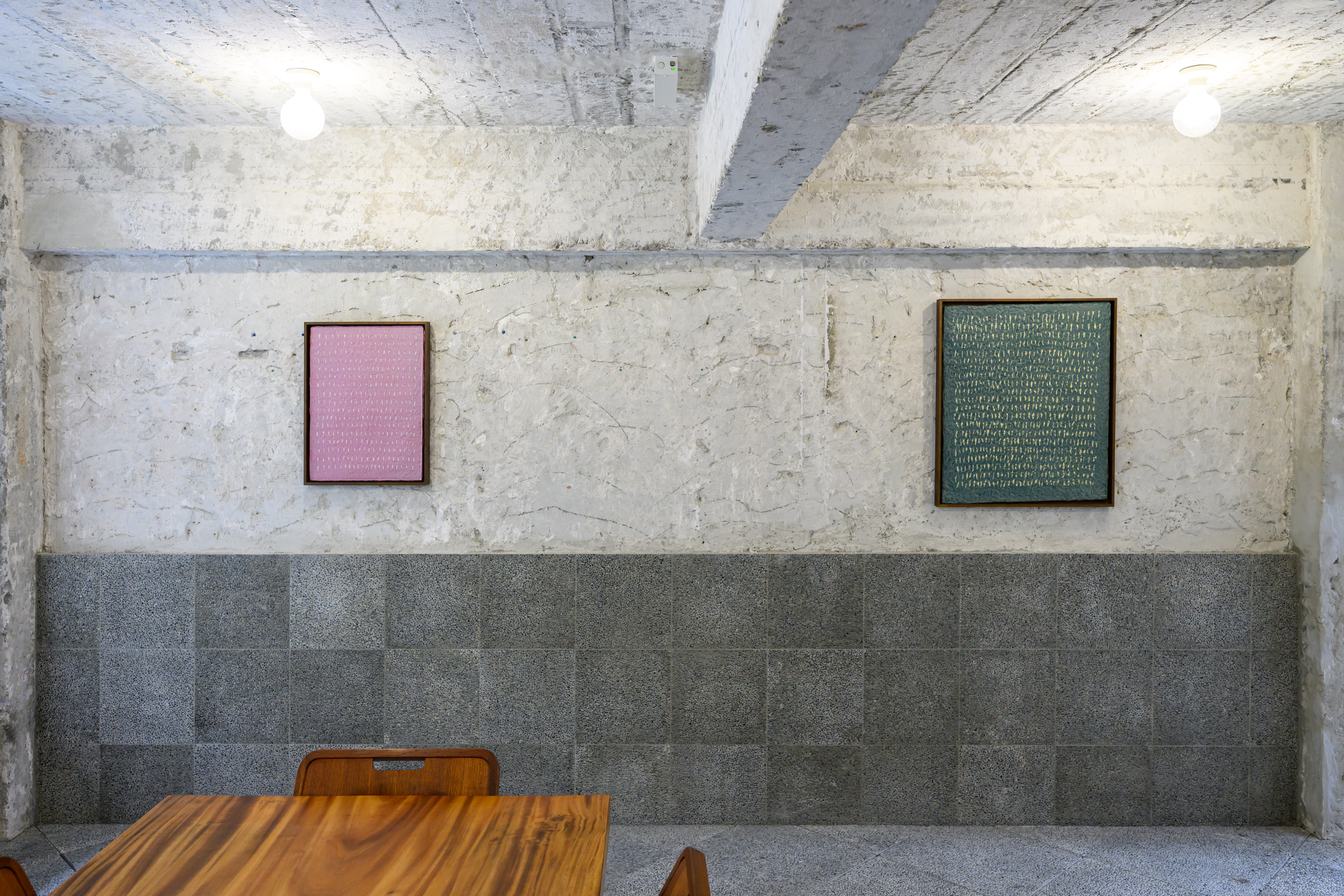
Installation view, ‘Cho Yong-Ik: Late works’, Cho Yong-Ik, solo exhibition, Kiang Malingue, Sik On street, Hong Kong, 2023.
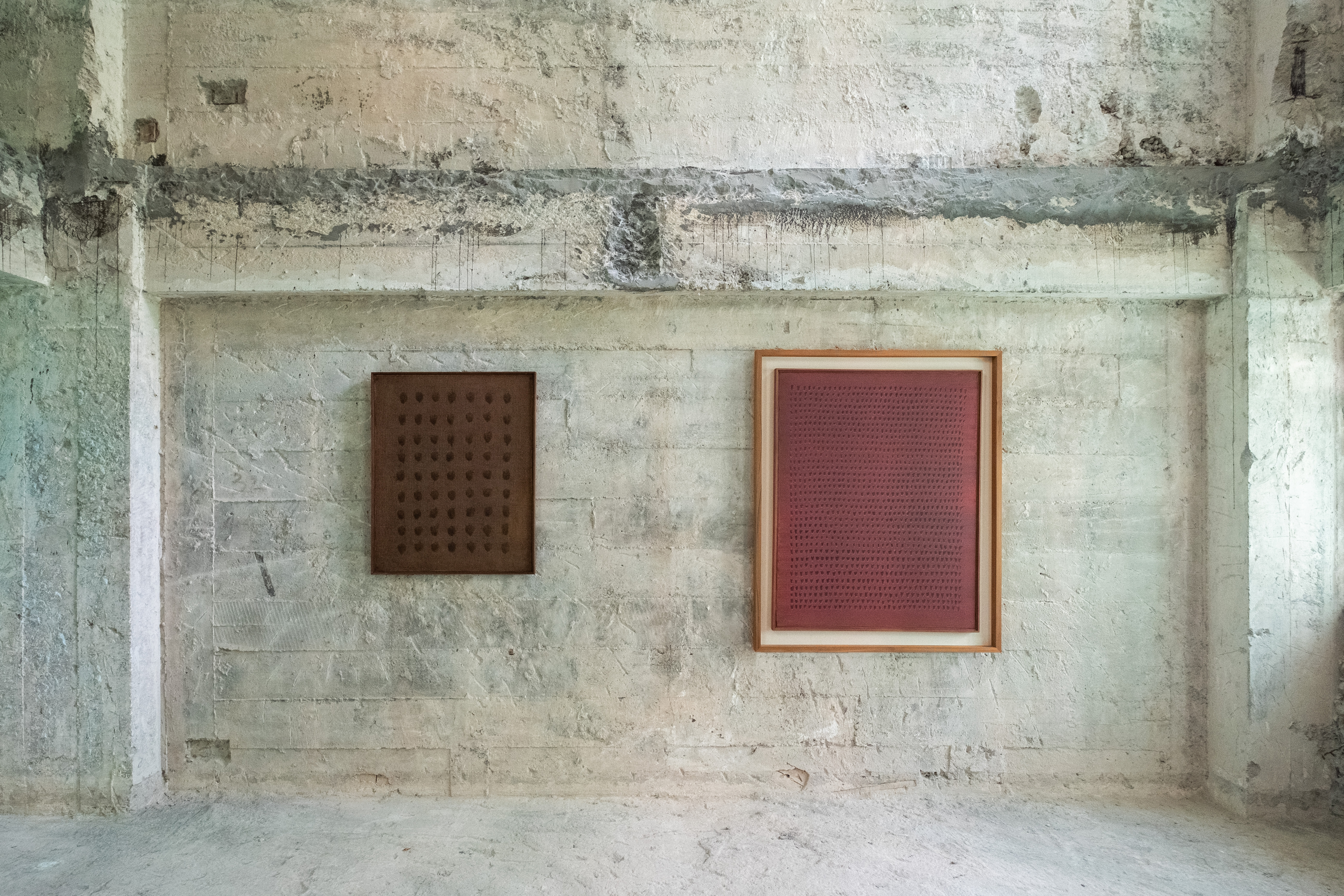
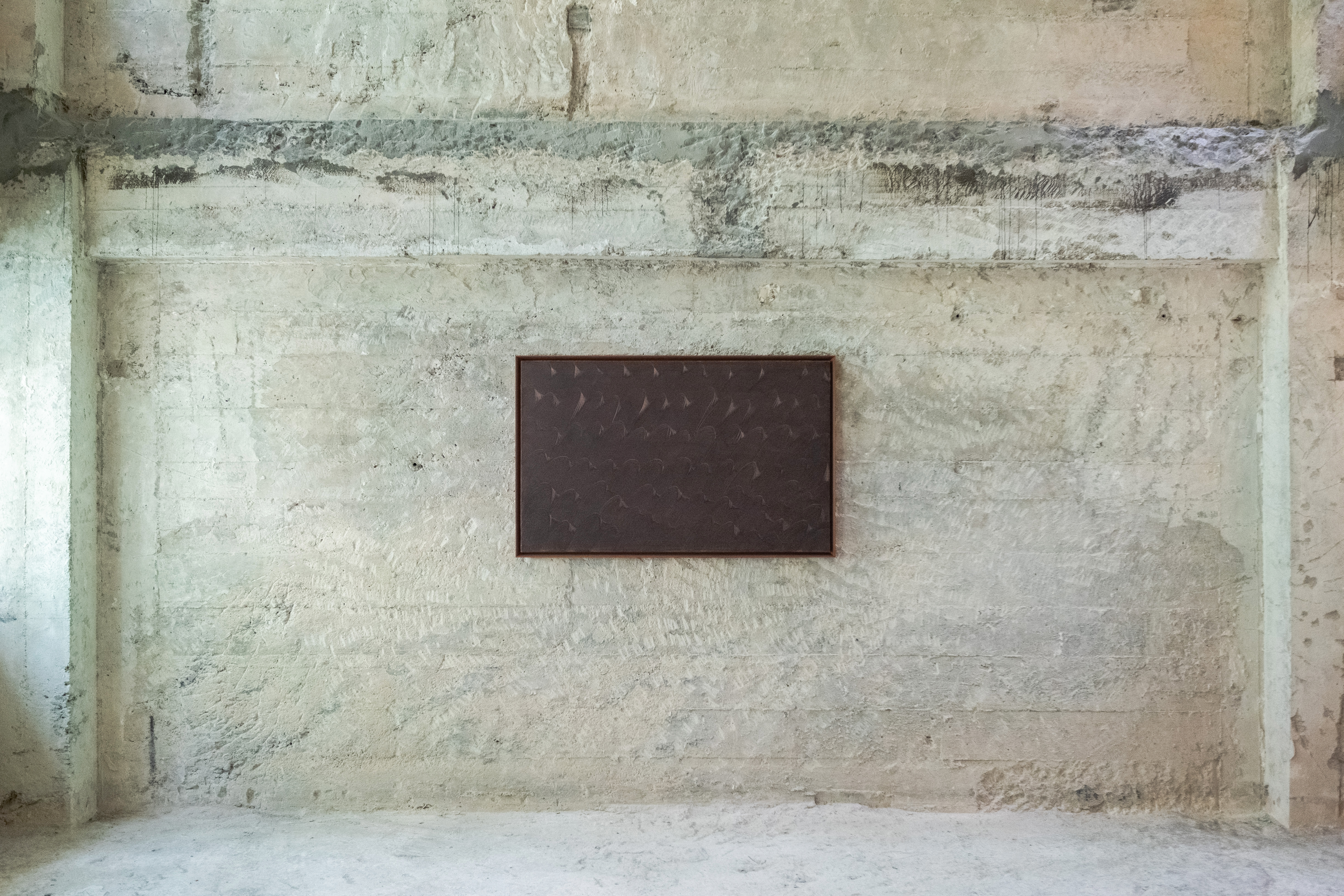
1987
Acrylic on canvas
80 x 130 cm
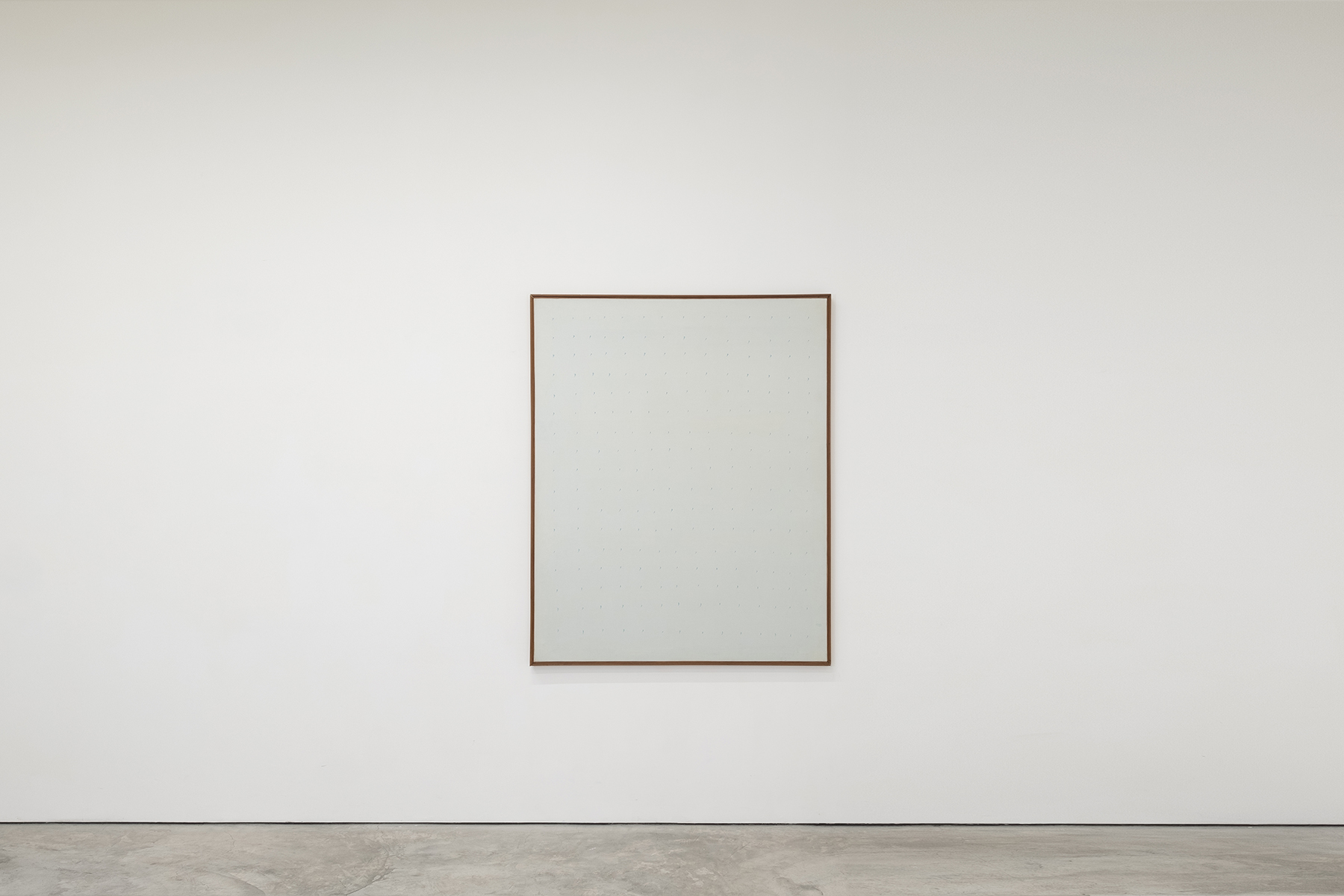
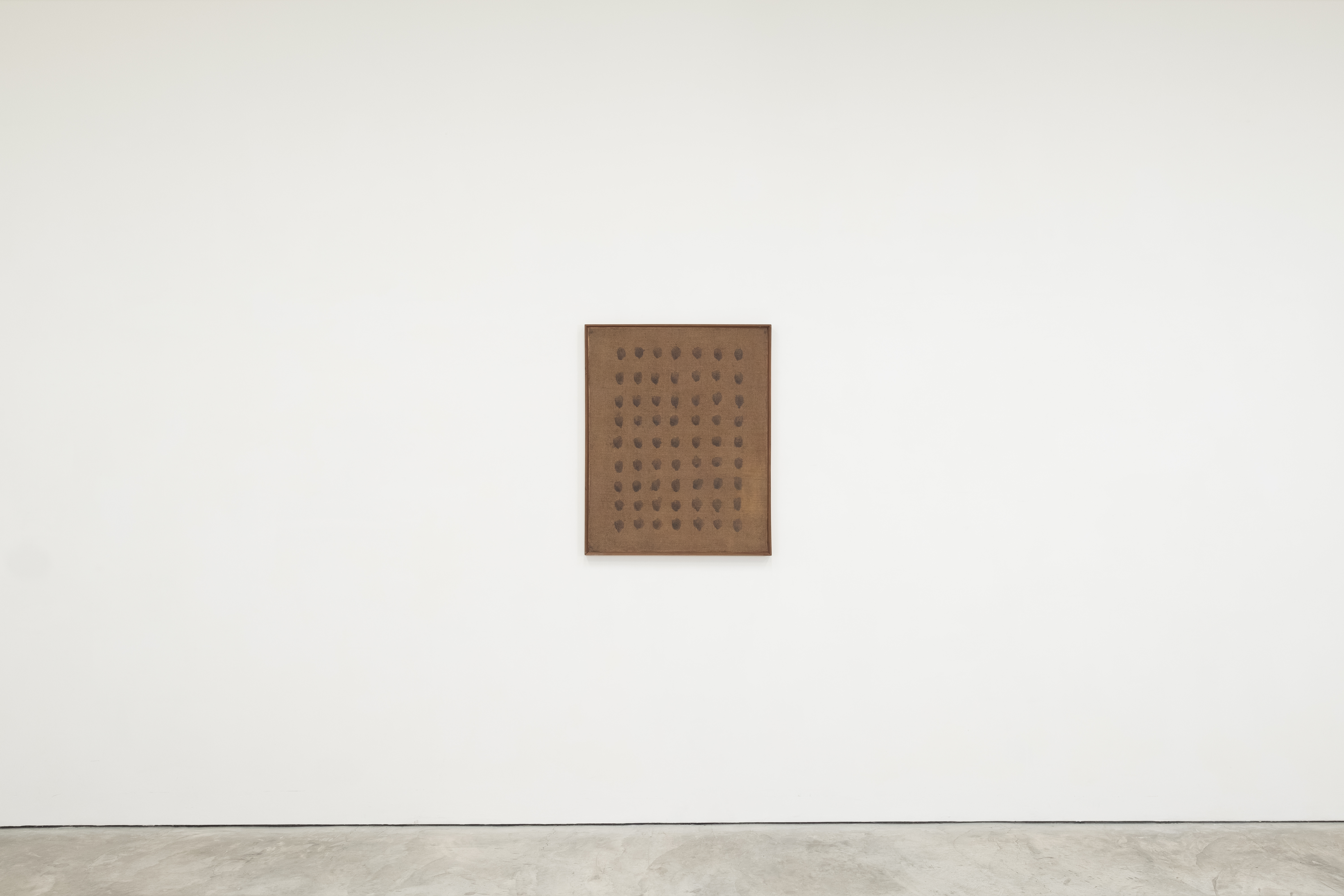
1977
Acrylic on burlap, 81 x 65 cm
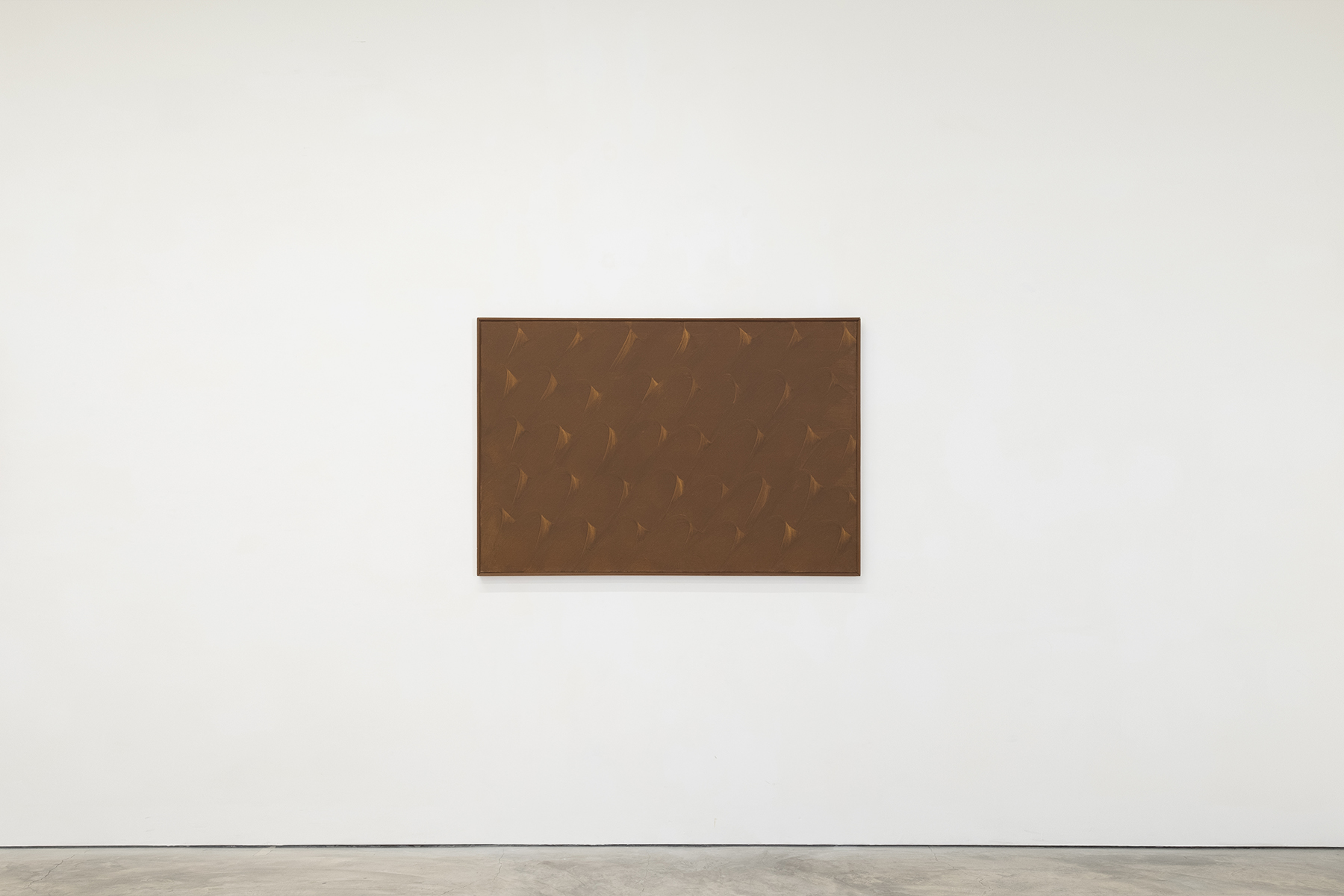
1987
Acrylic on canvas, 97 x 145.5 cm
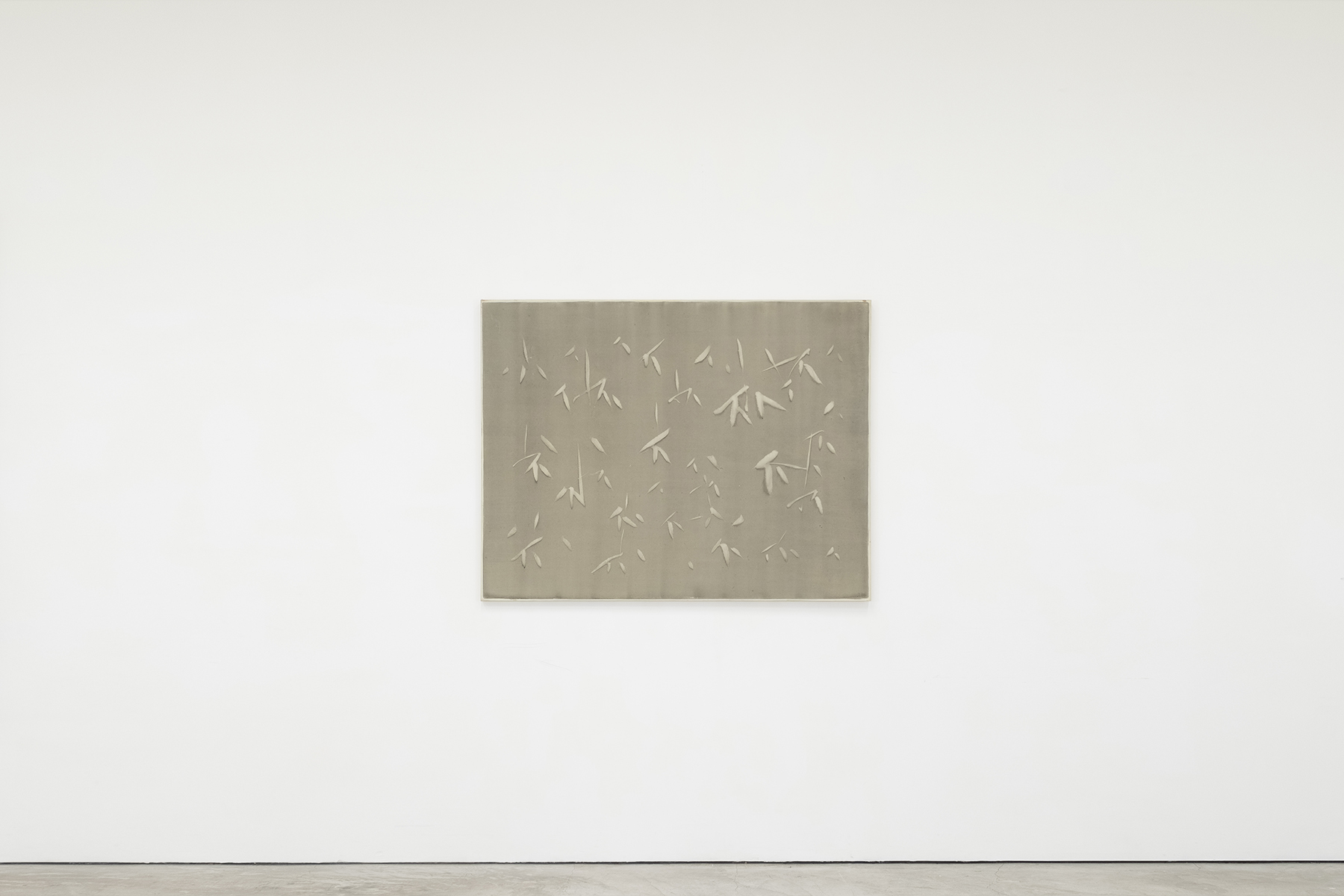
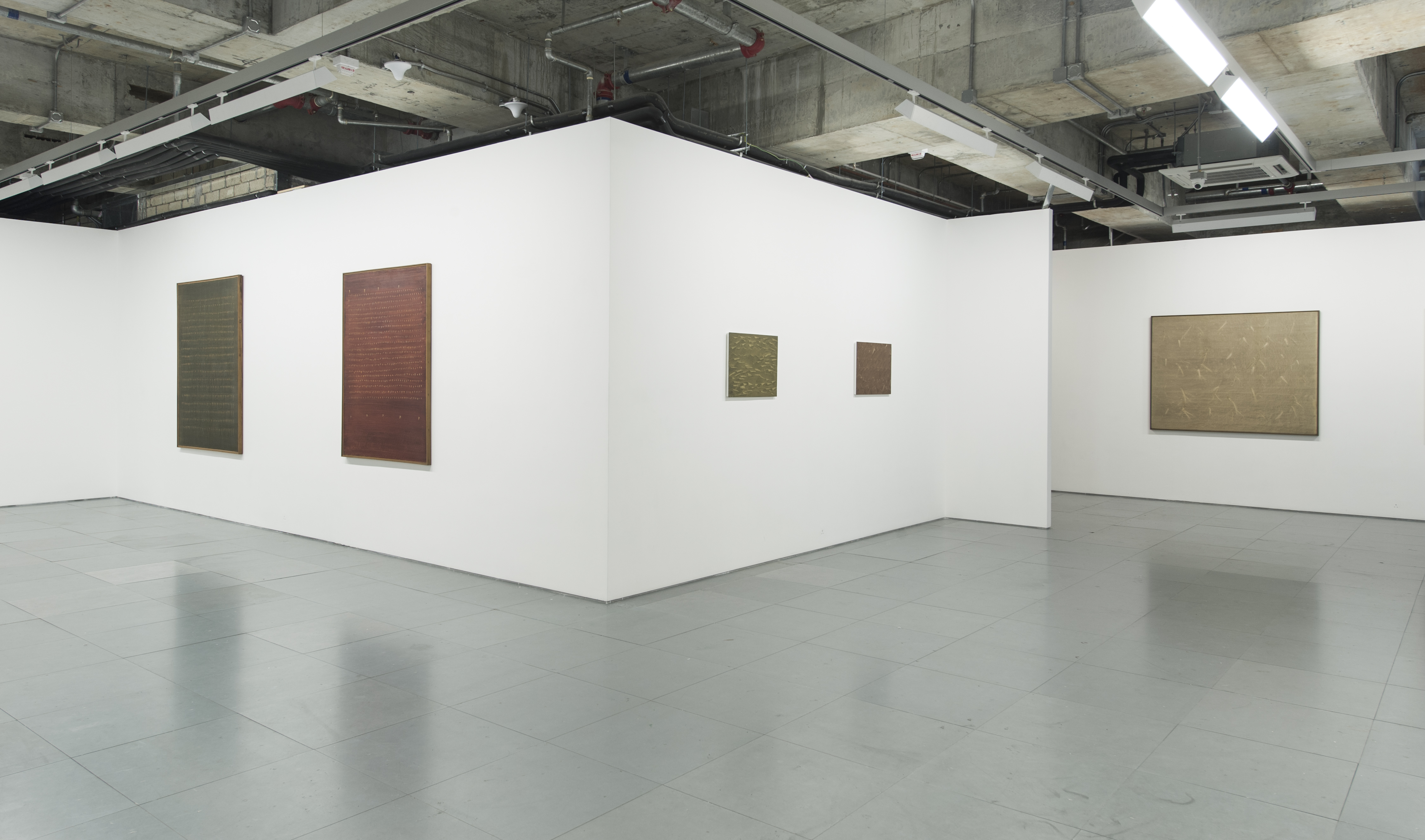
Installation view, Edouard Malingue Gallery, Hong Kong, 2016
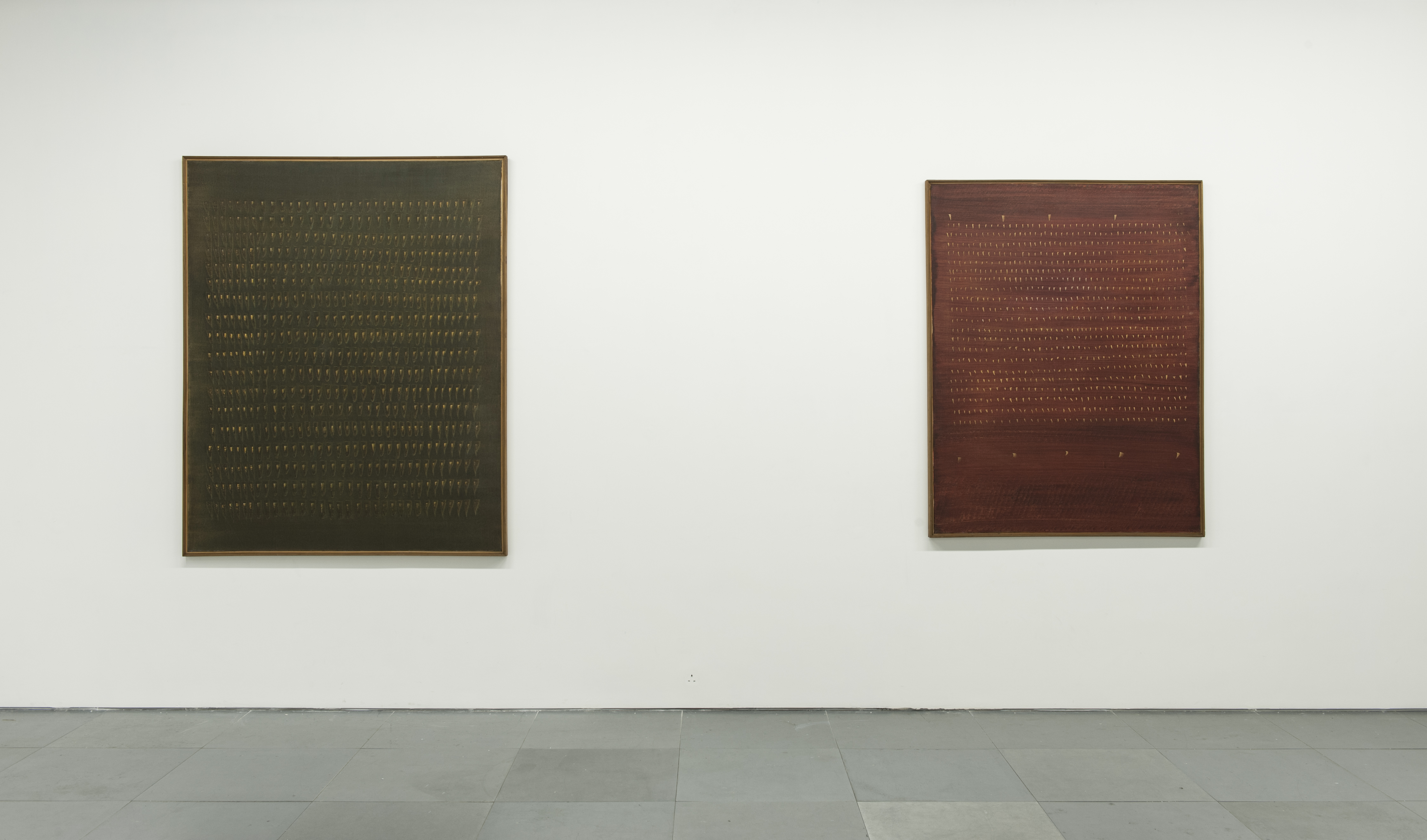
Installation view, Edouard Malingue Gallery, Hong Kong, 2016

1974
Acrylic on canvas
139 x 106 cm
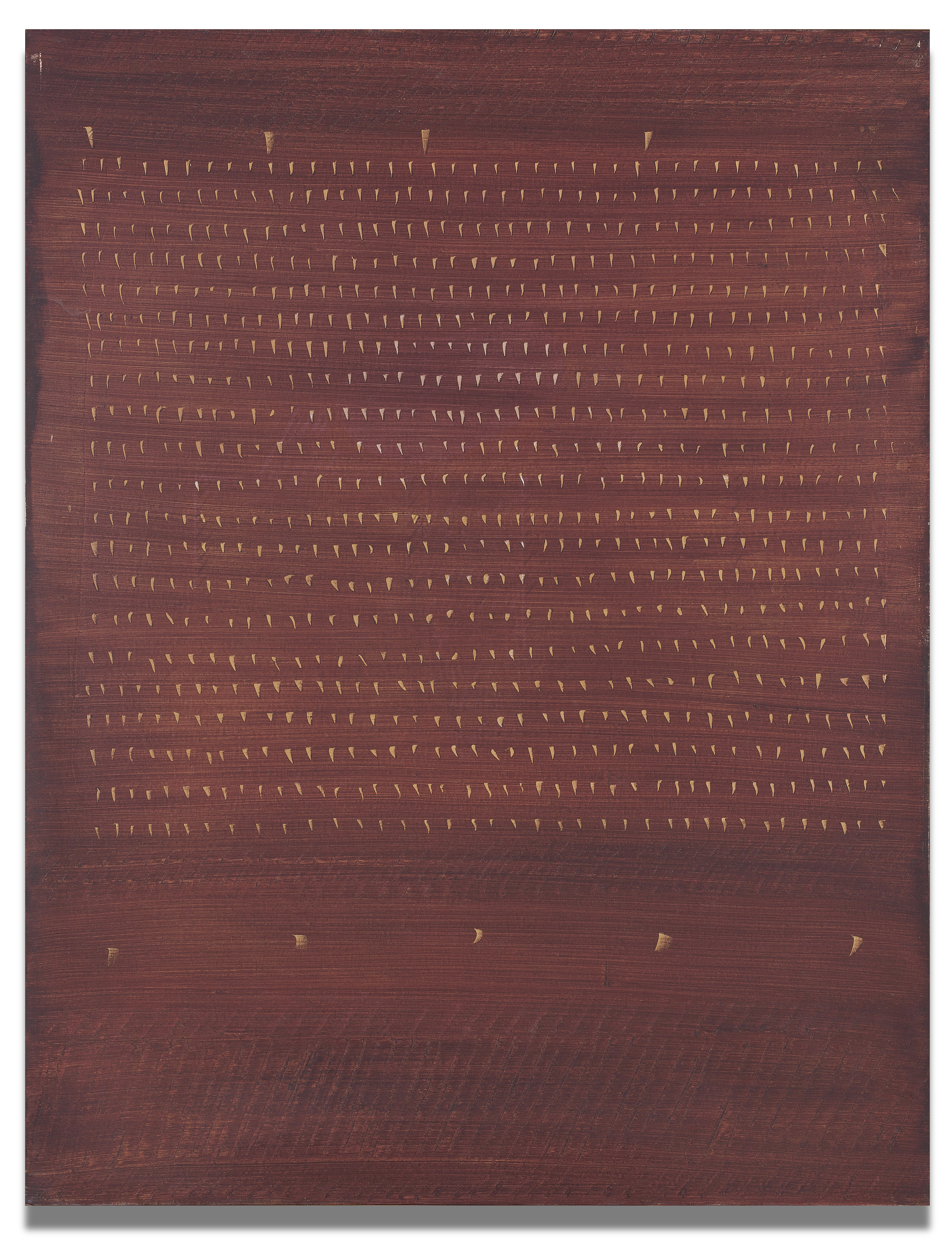
1974
Acrylic on canvas
145 x 112 cm
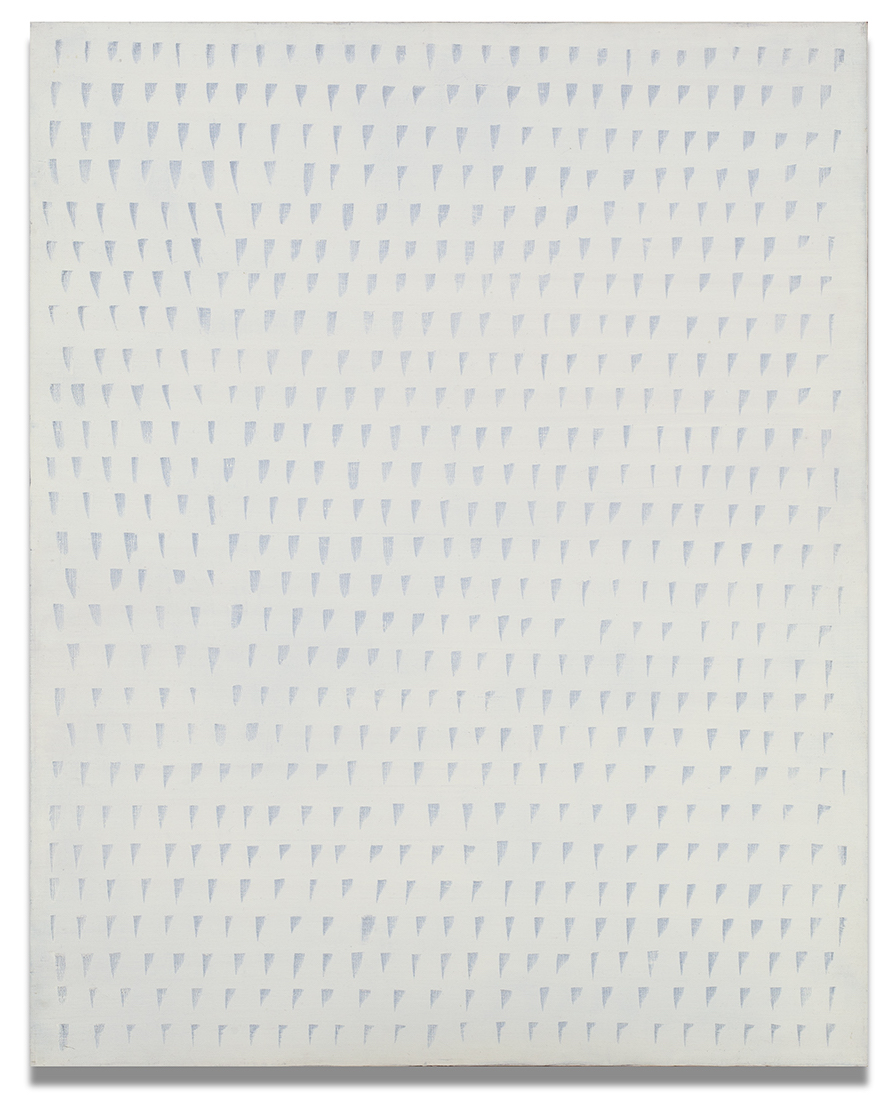
1974
Acrylic on canvas
163 x 130 cm

1974
Acrylic on canvas
163 x 131 cm
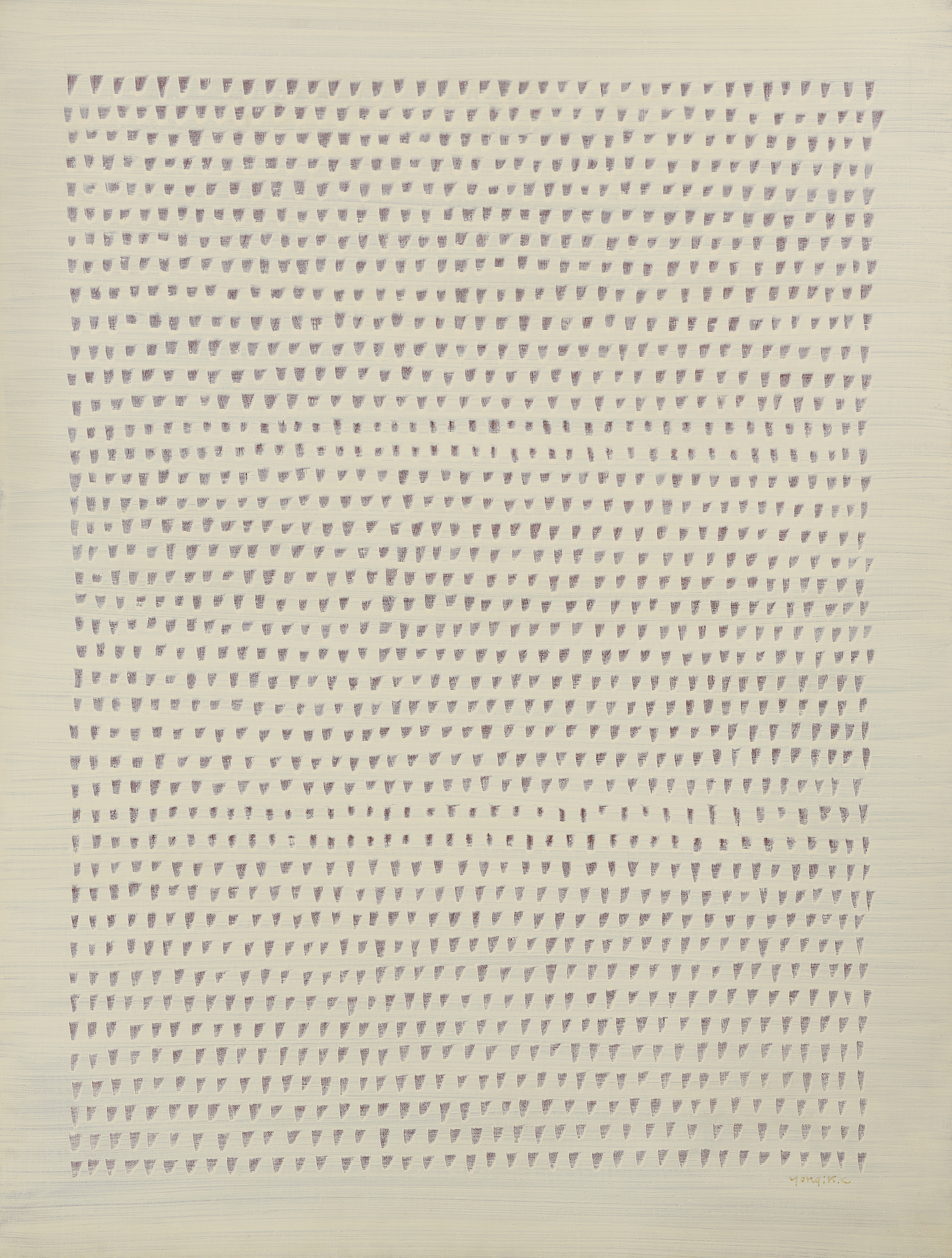
1974
Acrylic on canvas
142 x 110 cm
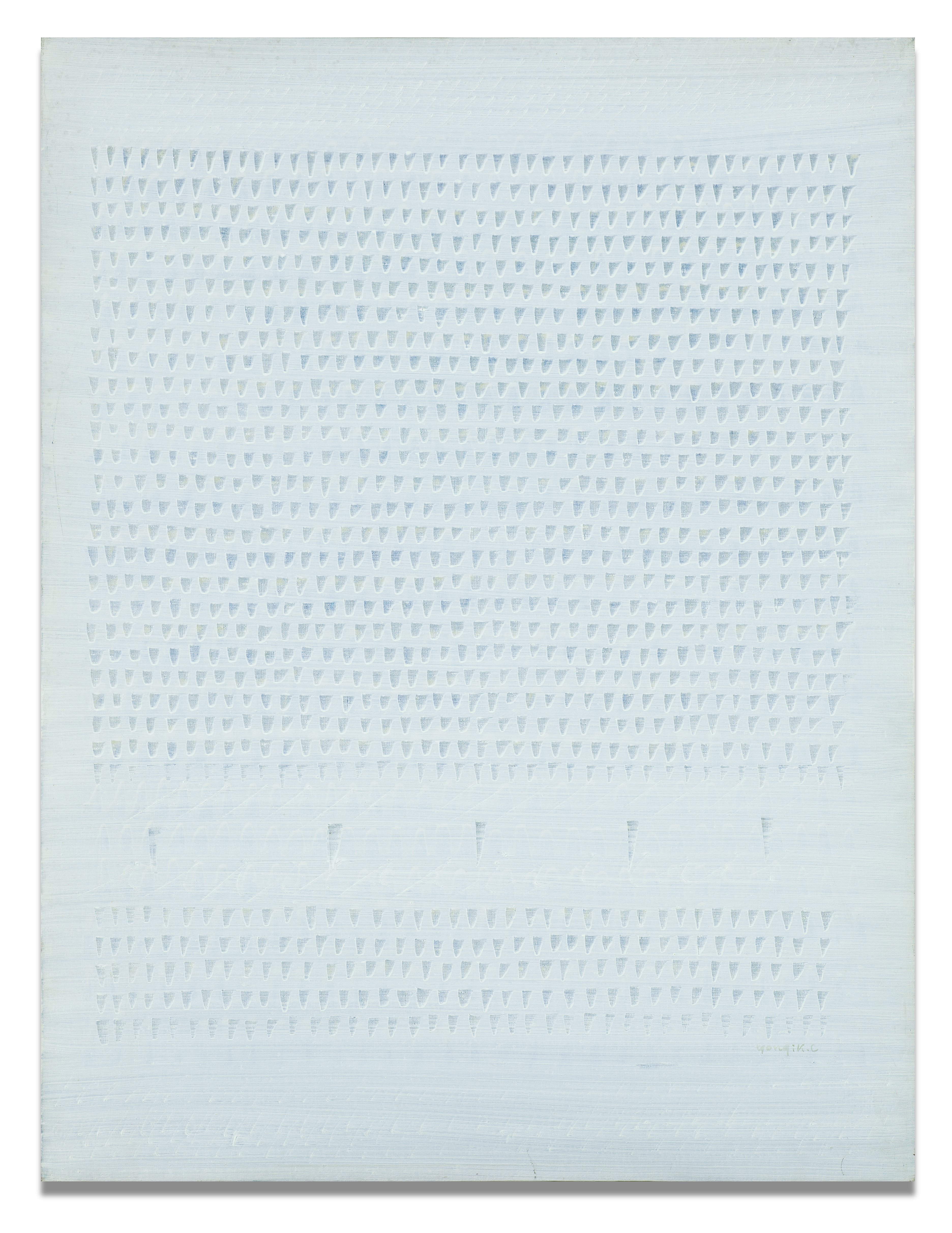
1974
Acrylic on canvas
139 x 106 cm

1975
Acrylic on canvas
163 x 131 cm
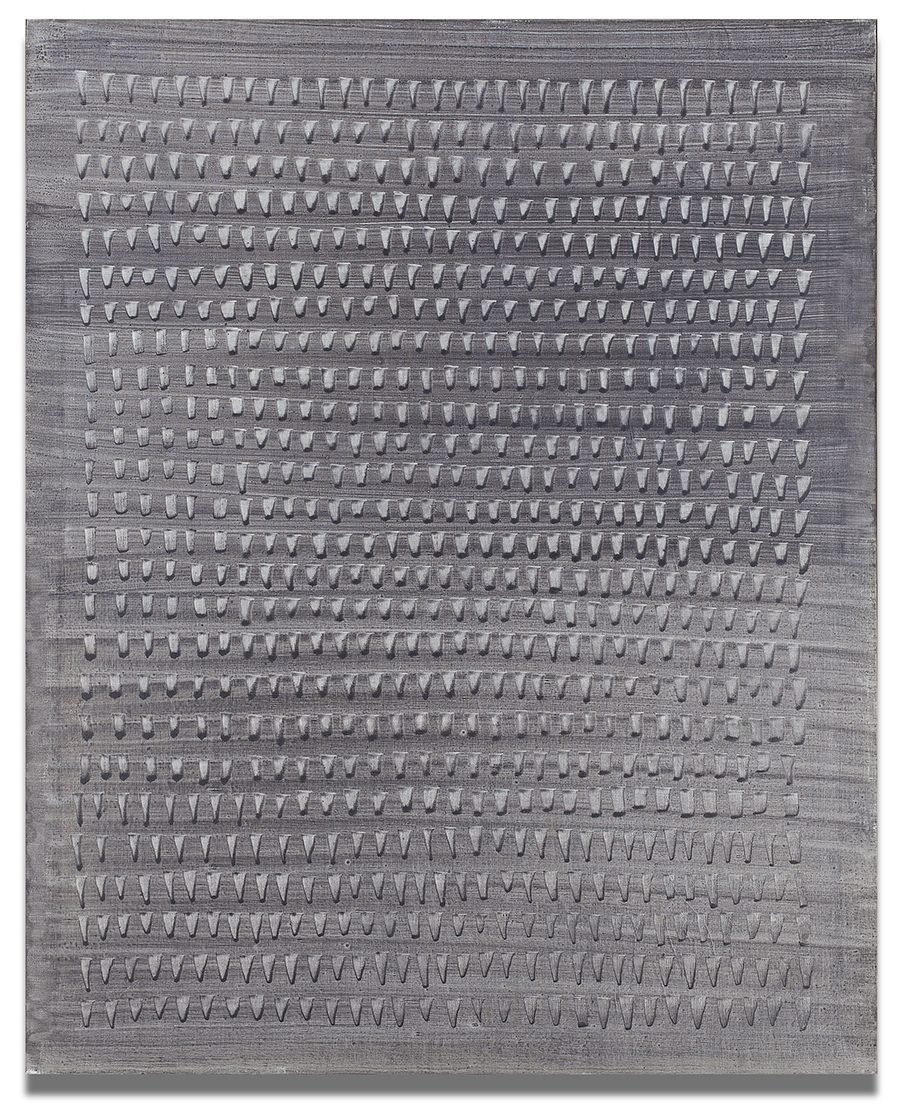
1975
Acrylic on canvas
163 x 131 cm
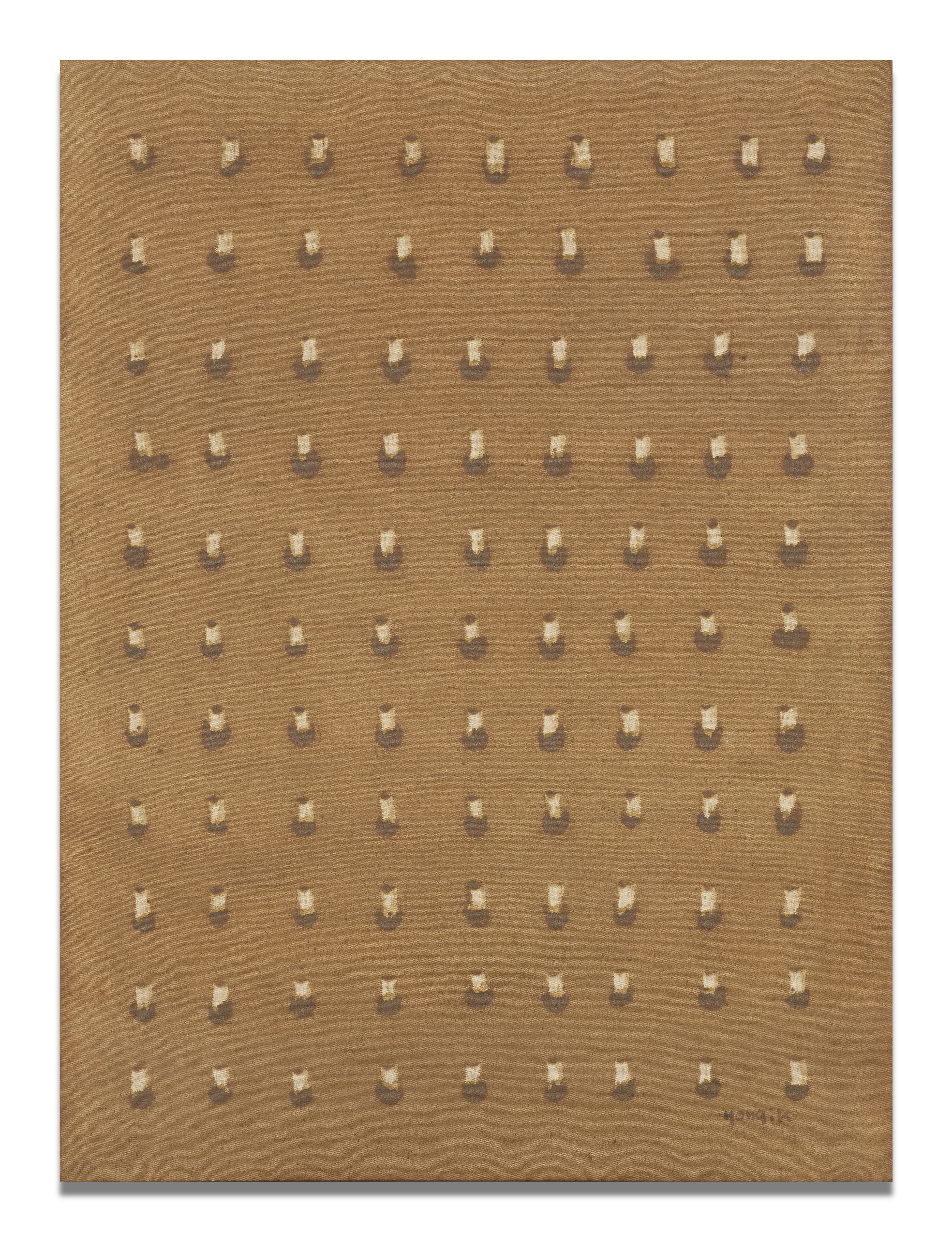
1976
Acrylic on canvas
130 x 97 cm
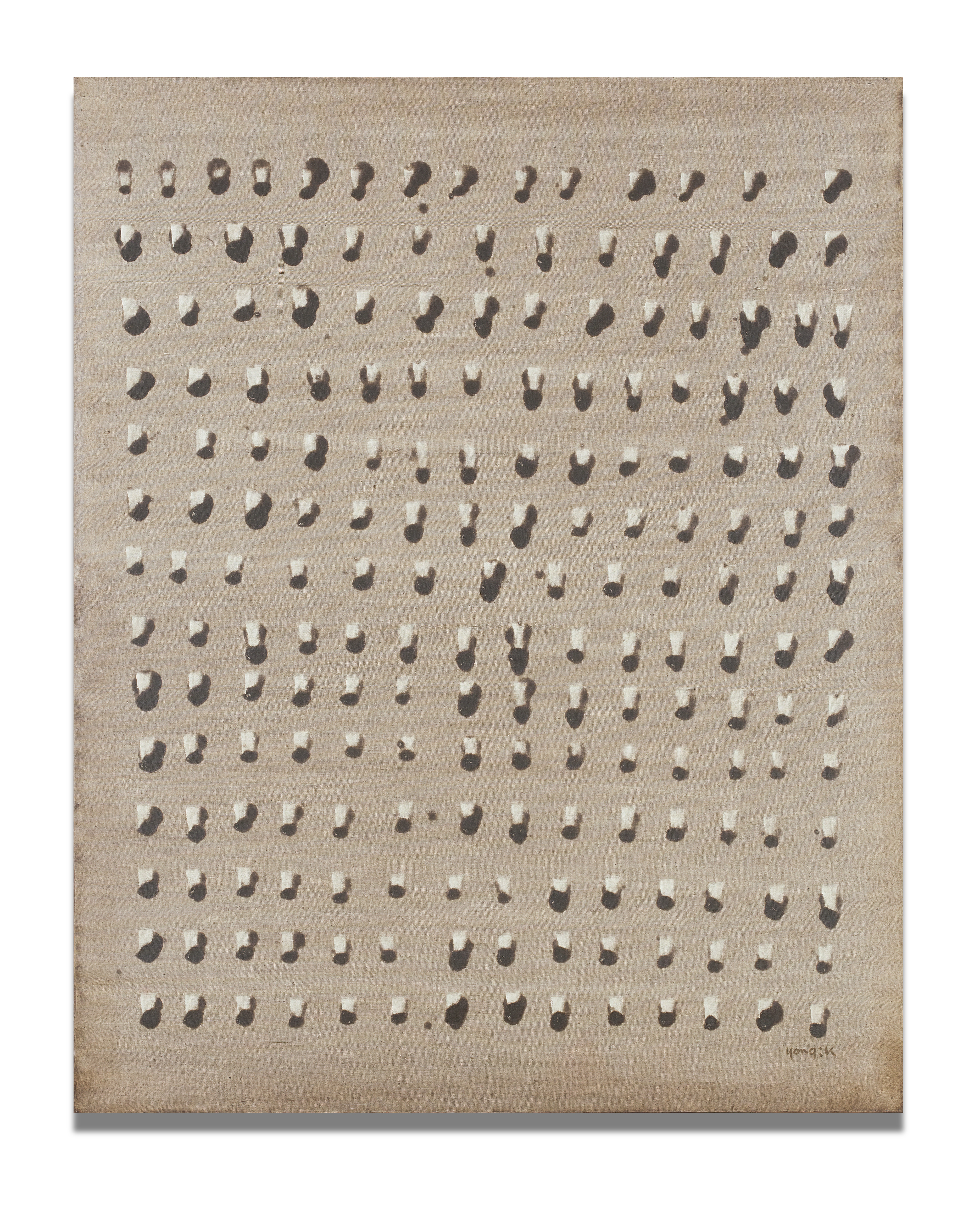
1976
Acrylic on canvas
163 x 131 cm
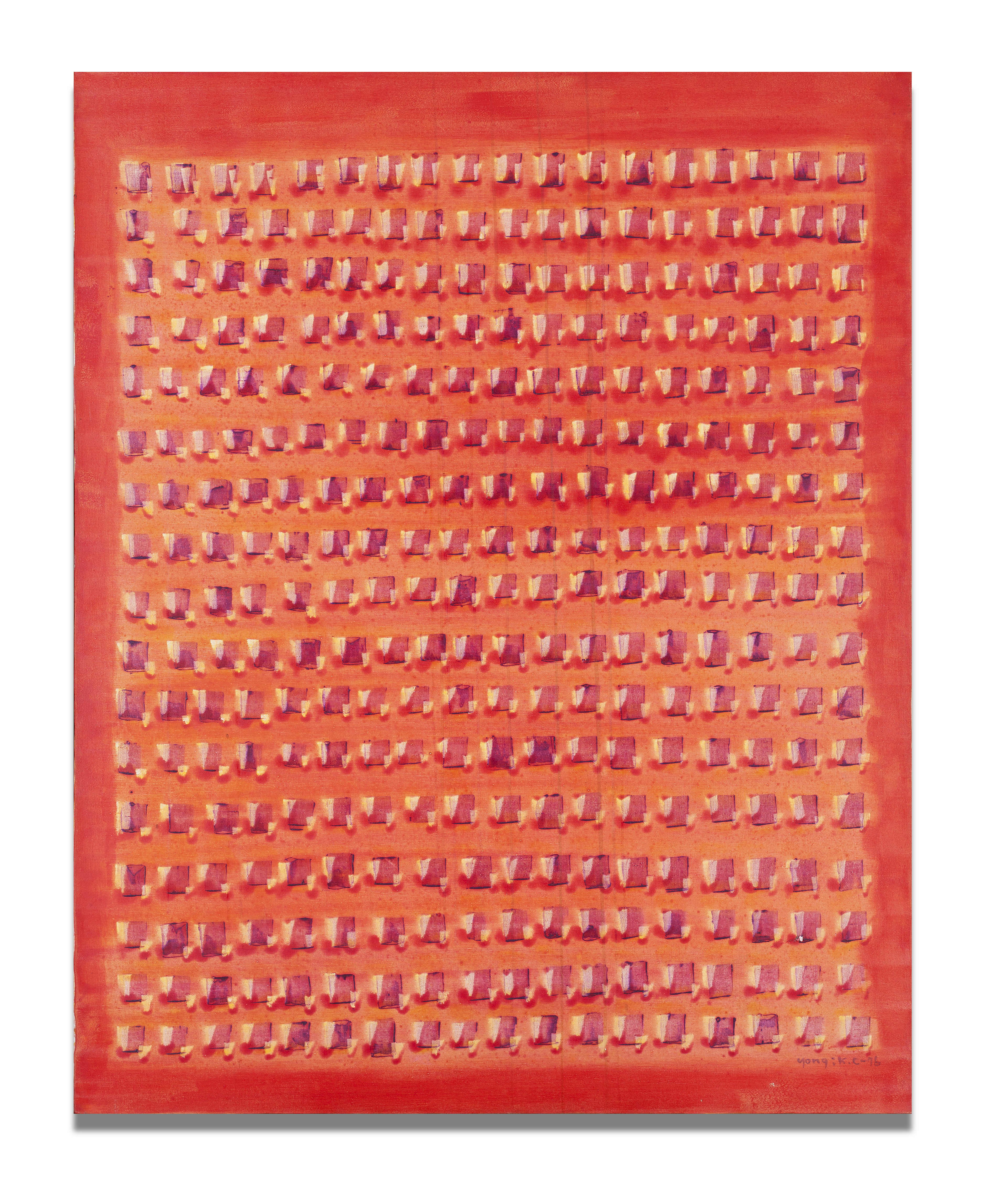
1976
Acrylic on canvas
163 x 131 cm
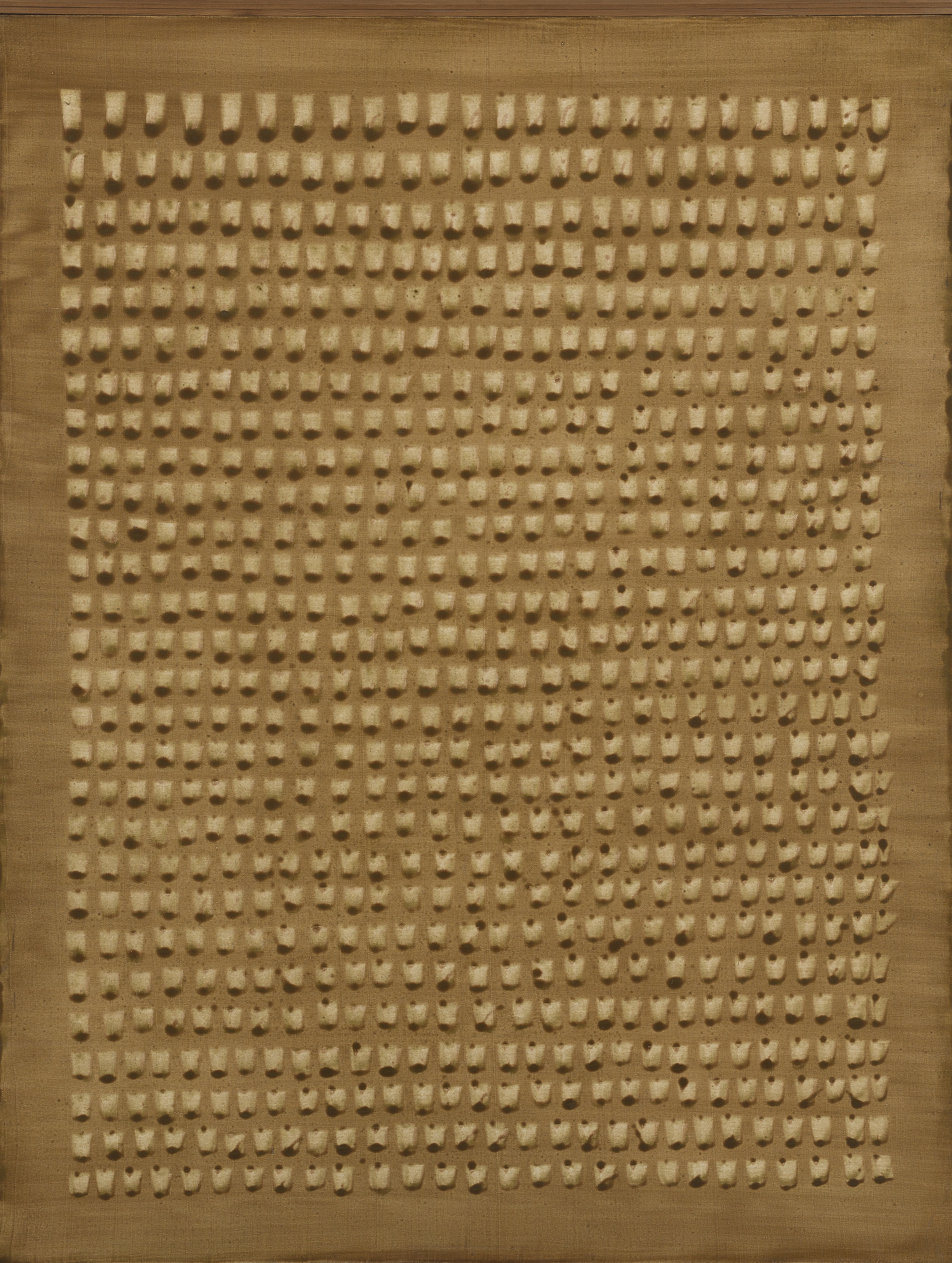
1977
Acrylic on canvas
146 x 112 cm
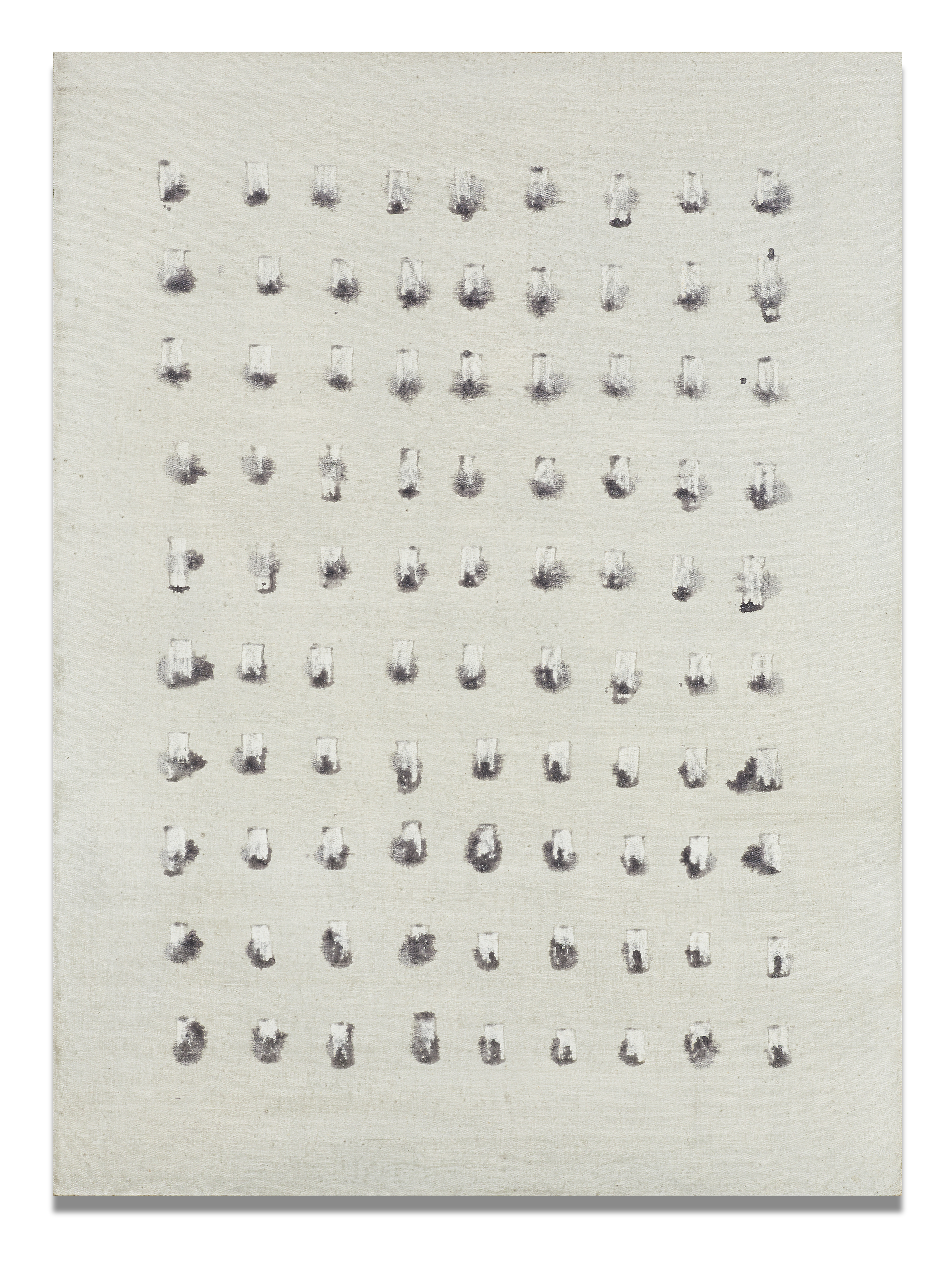
1977
Acrylic on canvas
130 x 97 cm
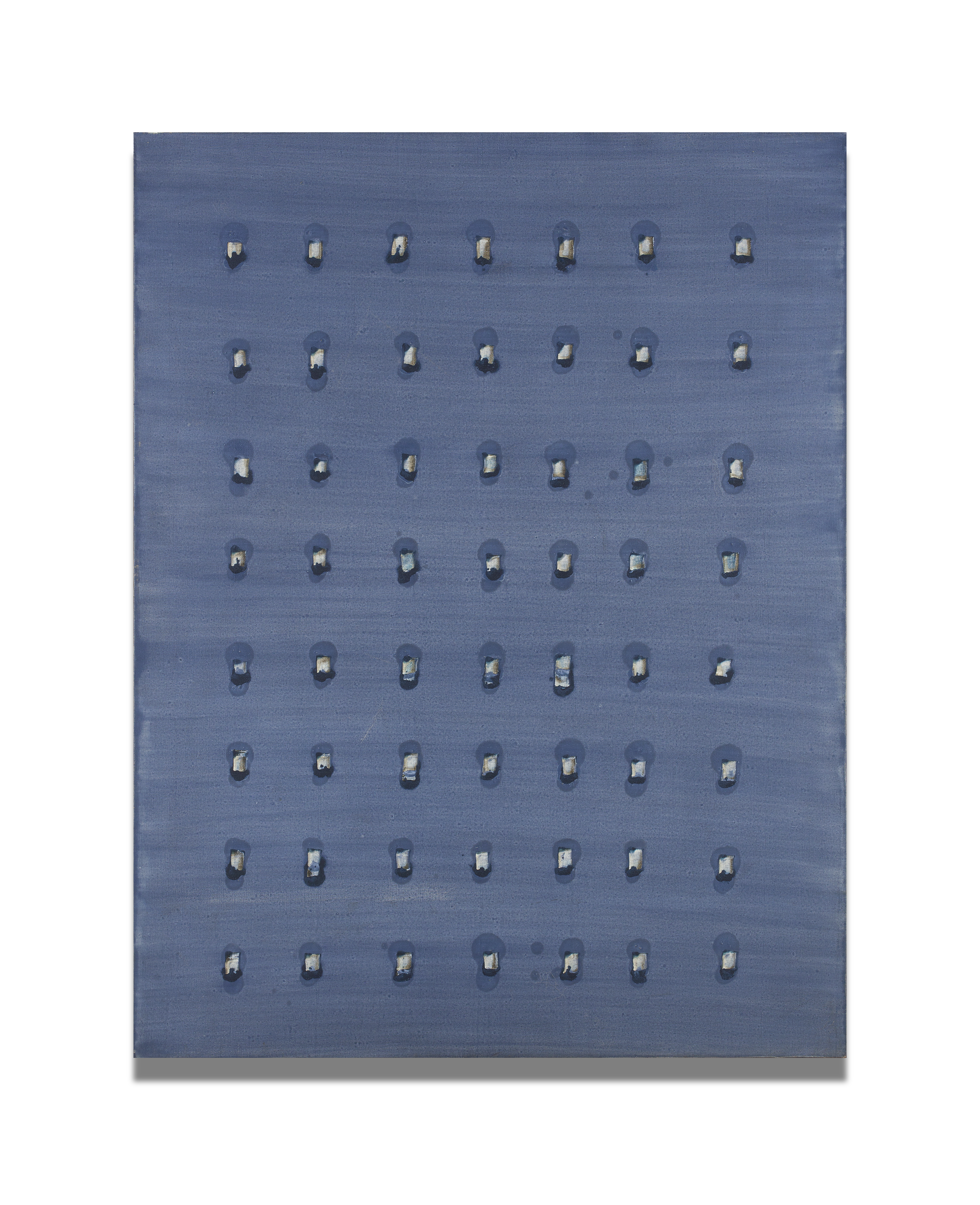
1977
Acrylic on canvas
145 x 112 cm
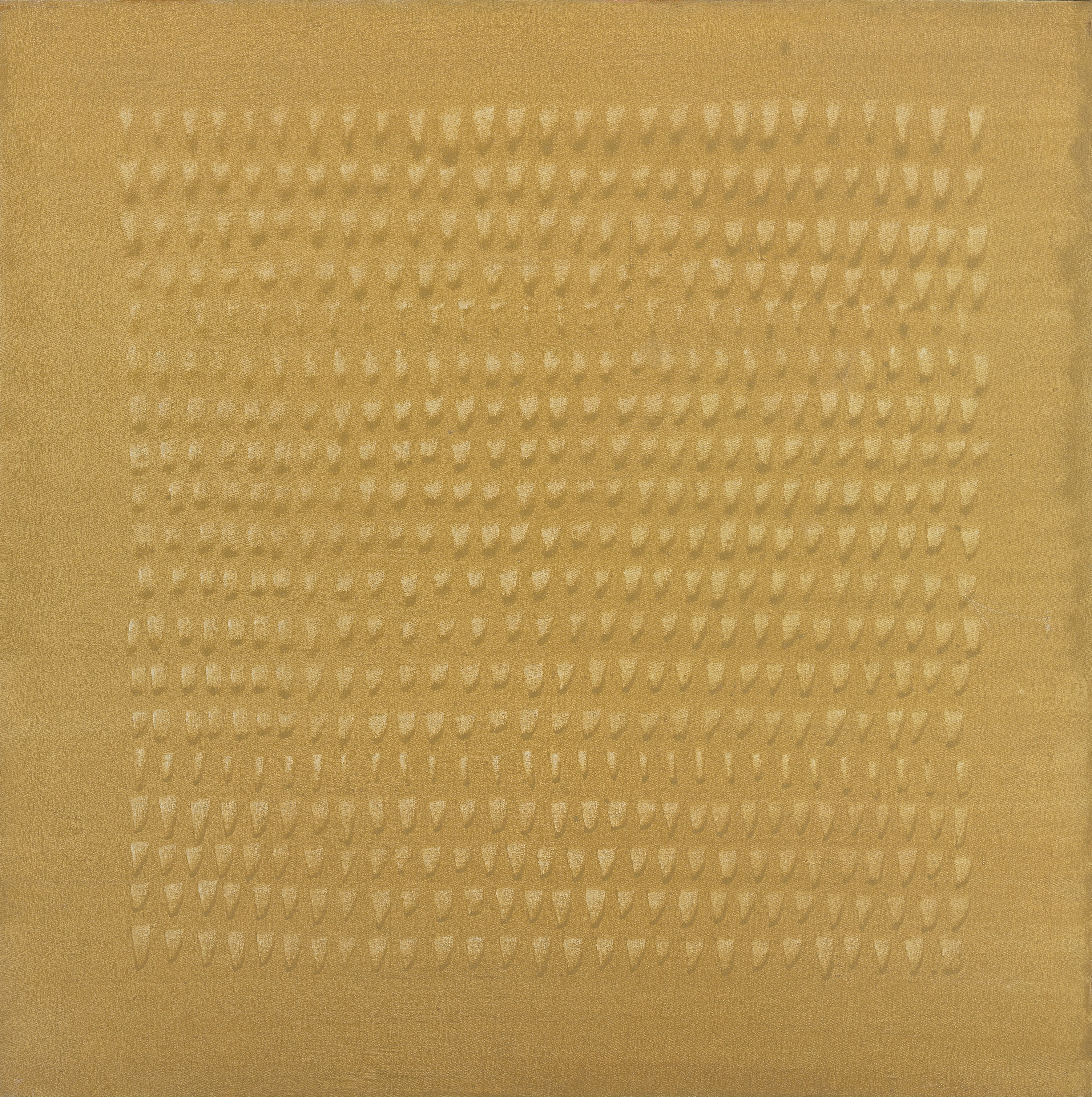
1979
Acrylic on canvas
130 x 130 cm
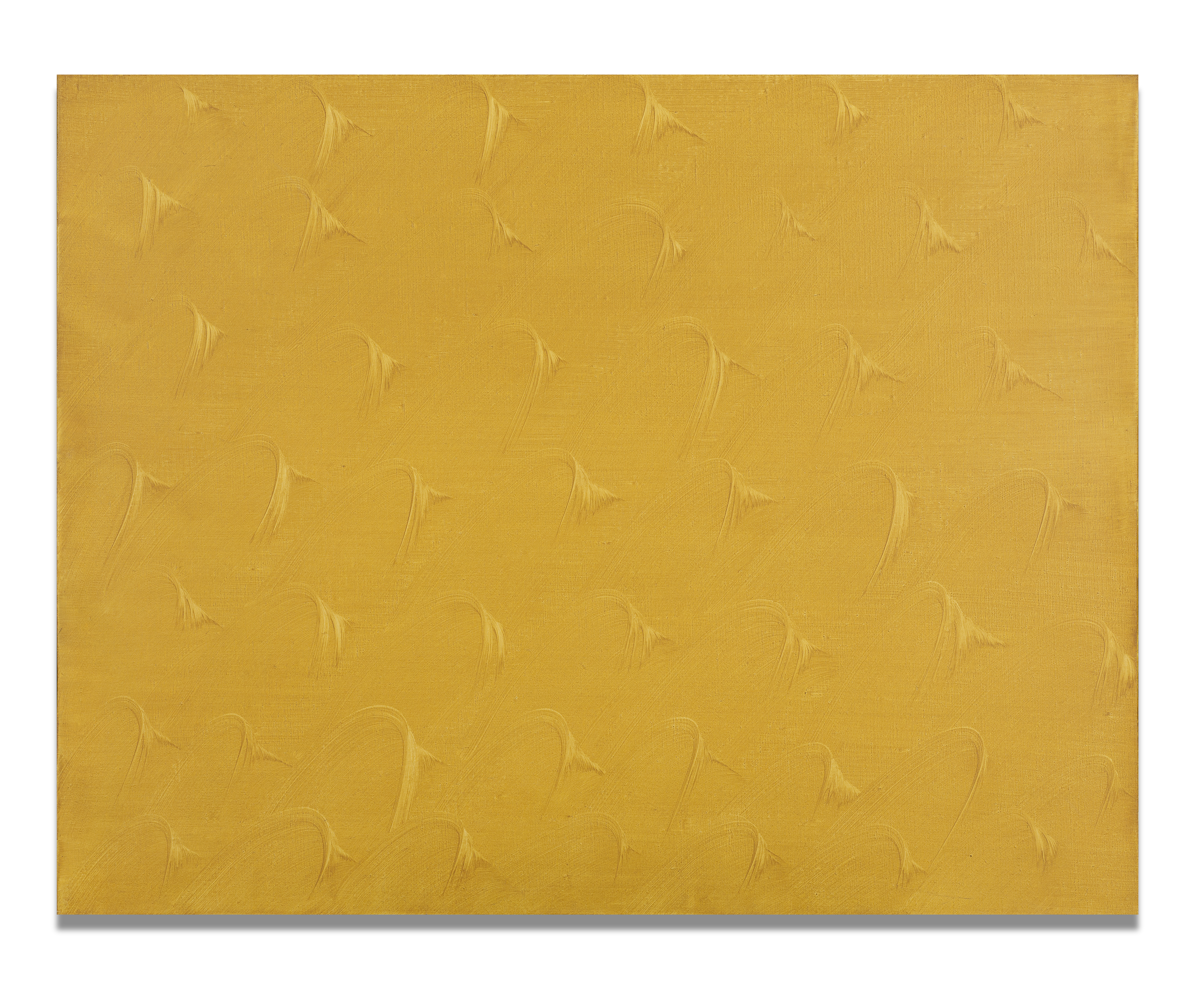
1980
Acrylic on paper
91 x 118 cm
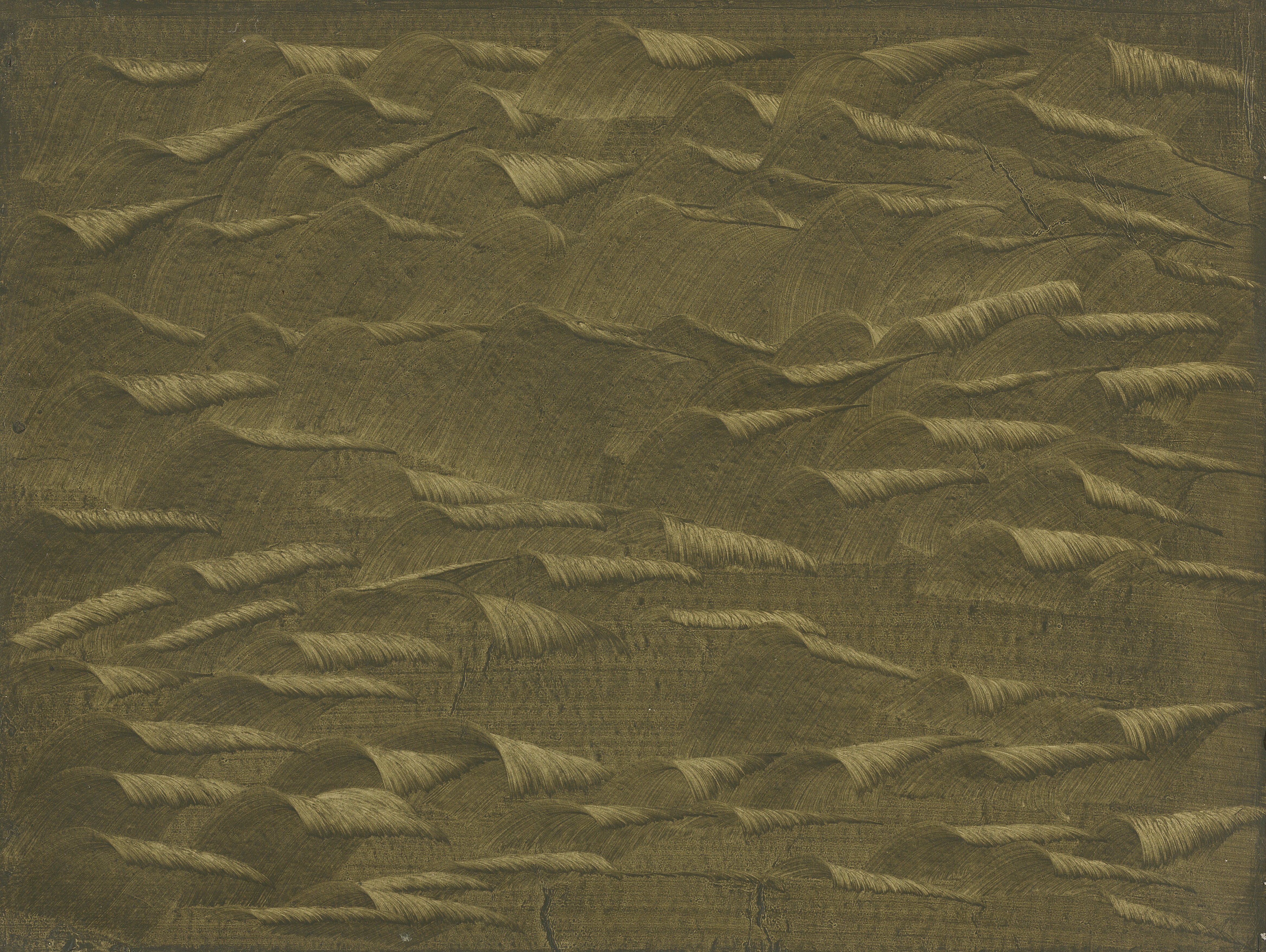
1980
Acrylic on paper
47 x 62 cm
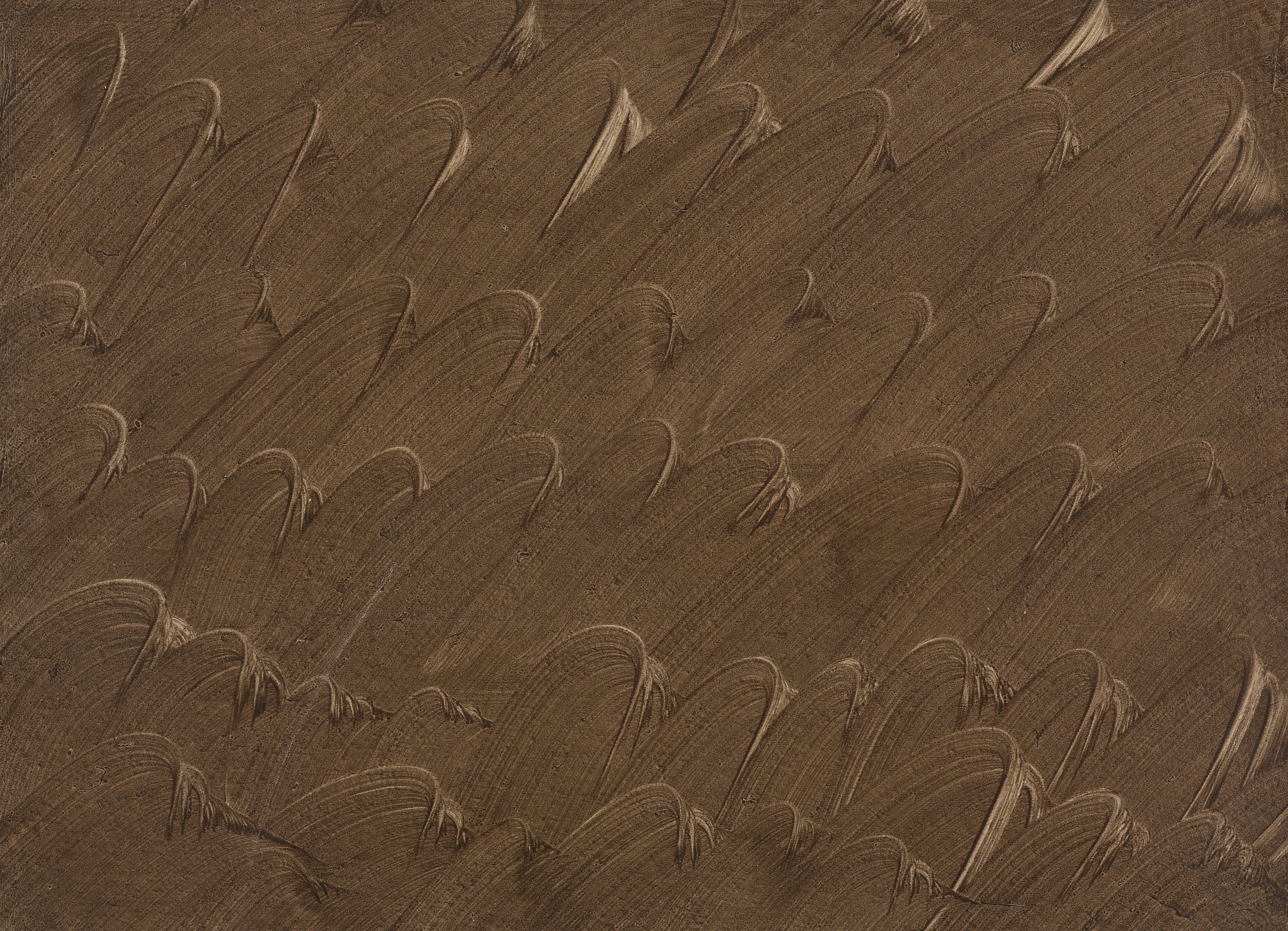
1980
Acrylic on canvas
46 x 63.5 cm
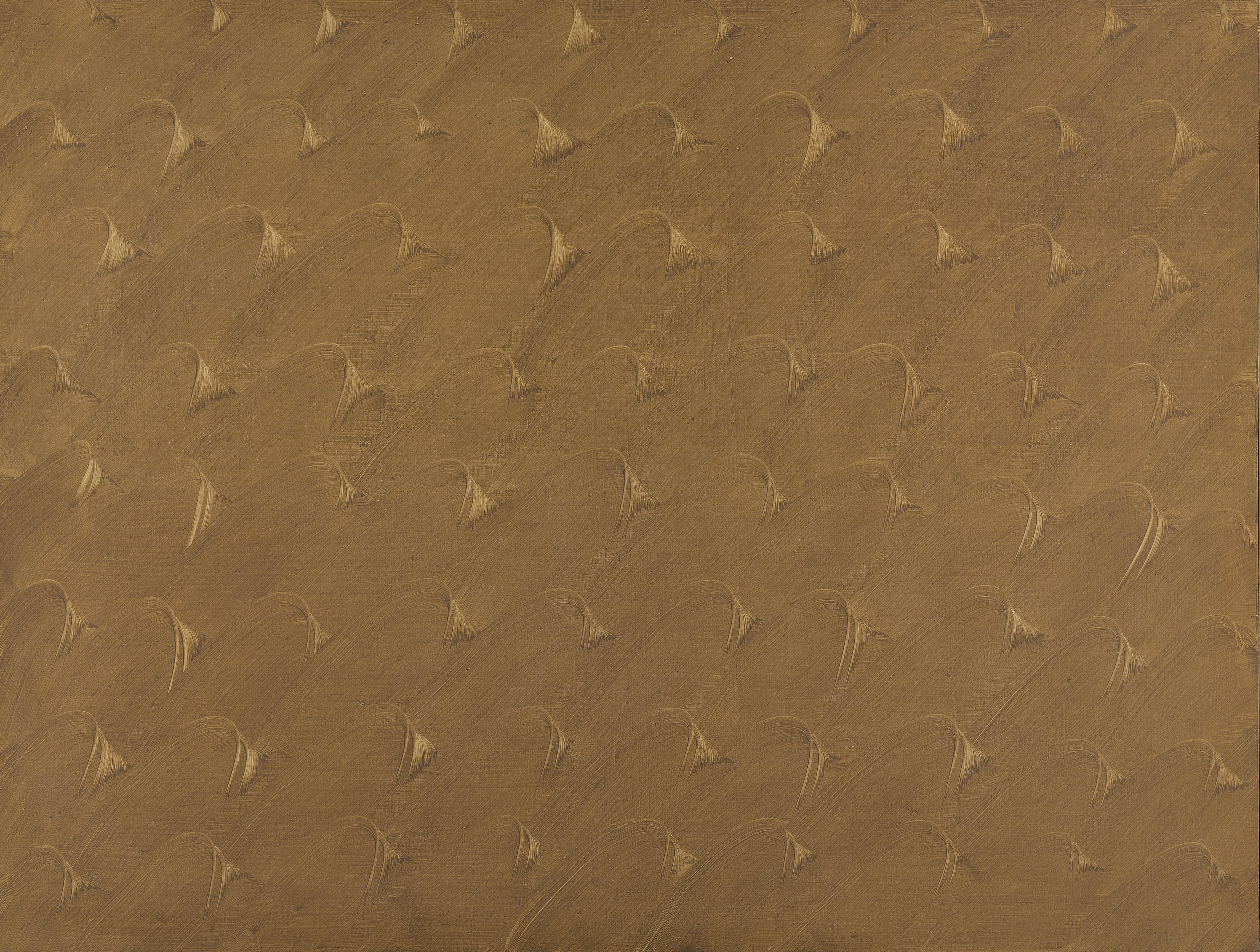
1984
Acrylic on canvas
160 x 210 cm
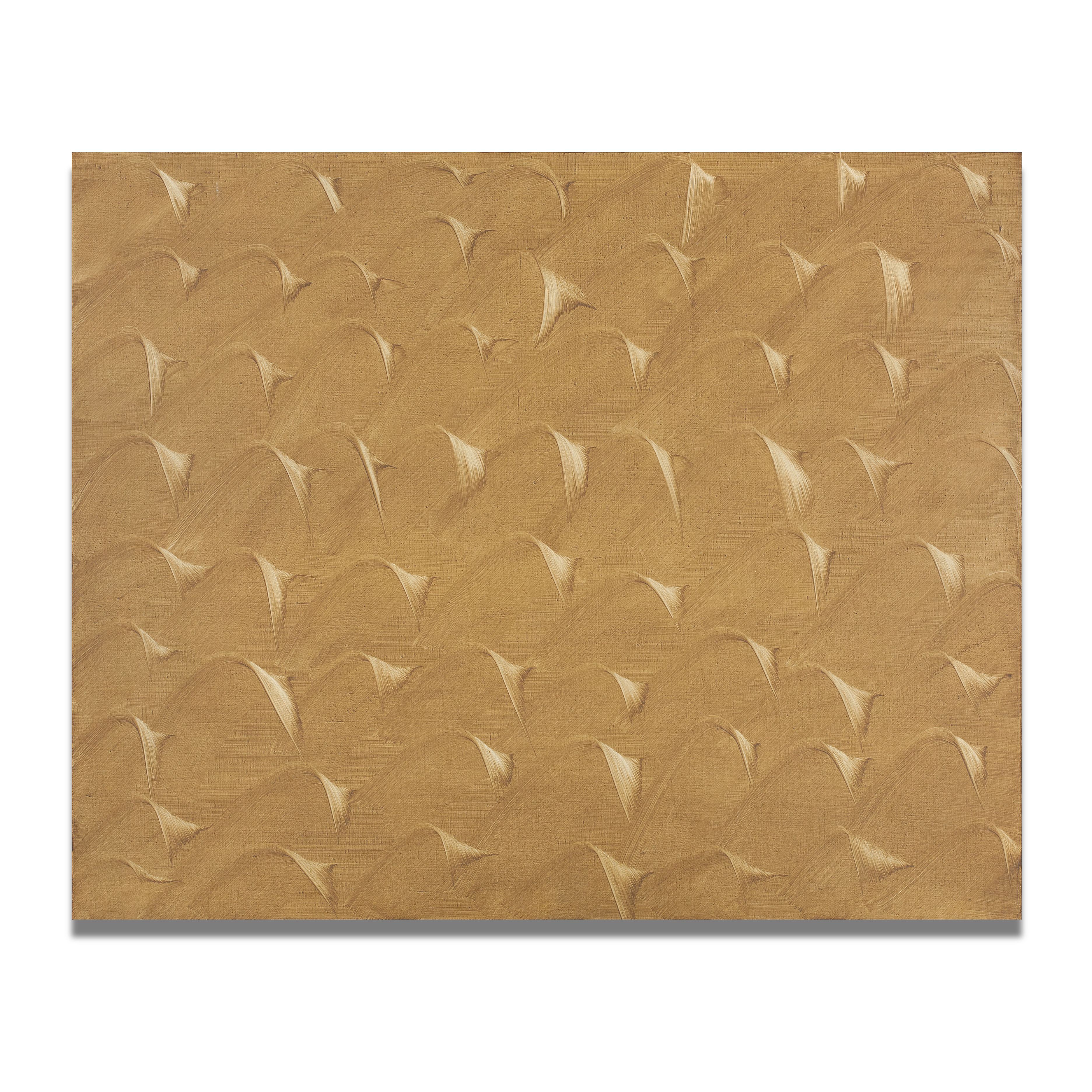
1986
Acrylic on canvas
130 x 162 cm

1990
Acrylic on canvas
132 x 164 cm
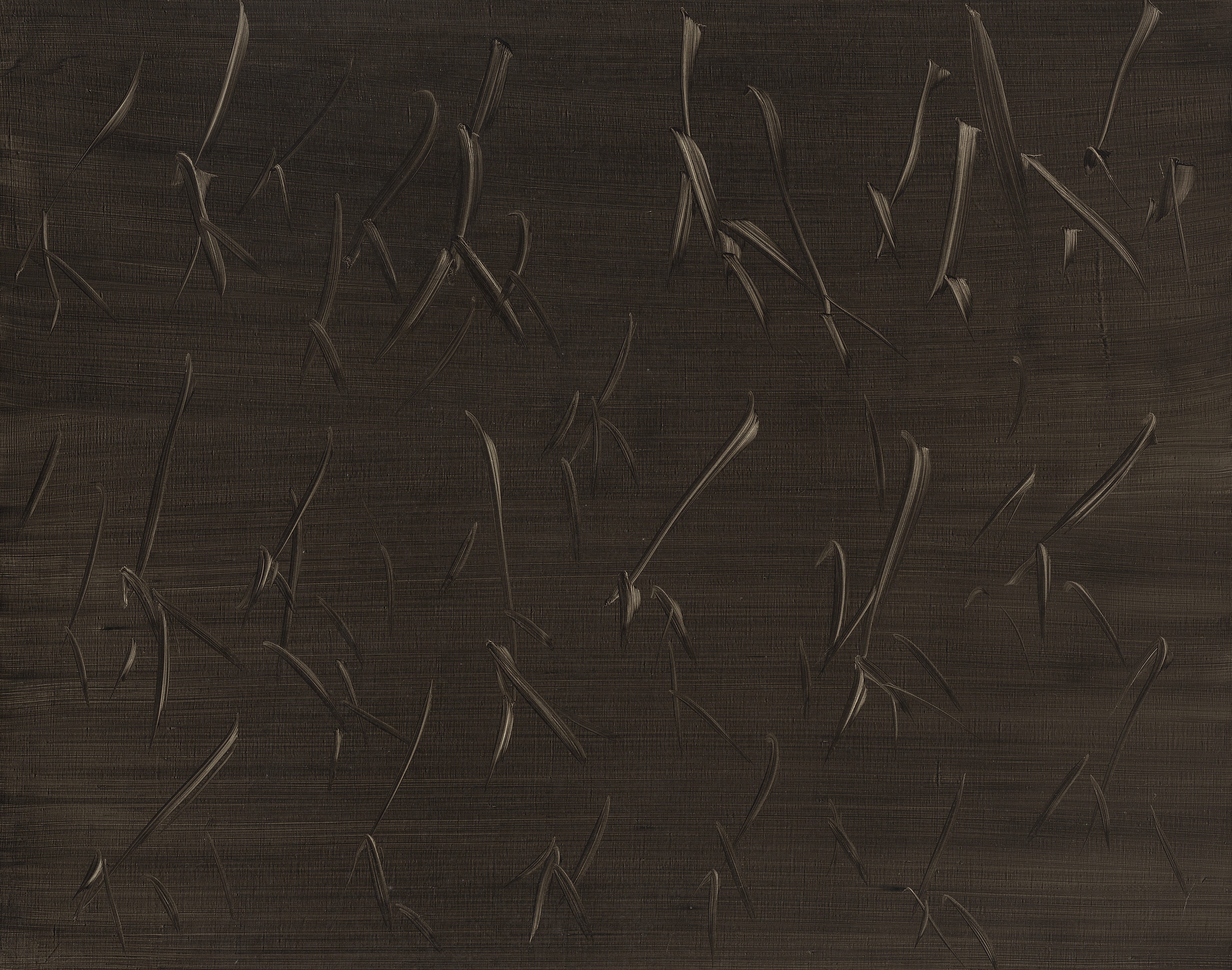
1990
Acrylic on canvas
130 x 162 cm
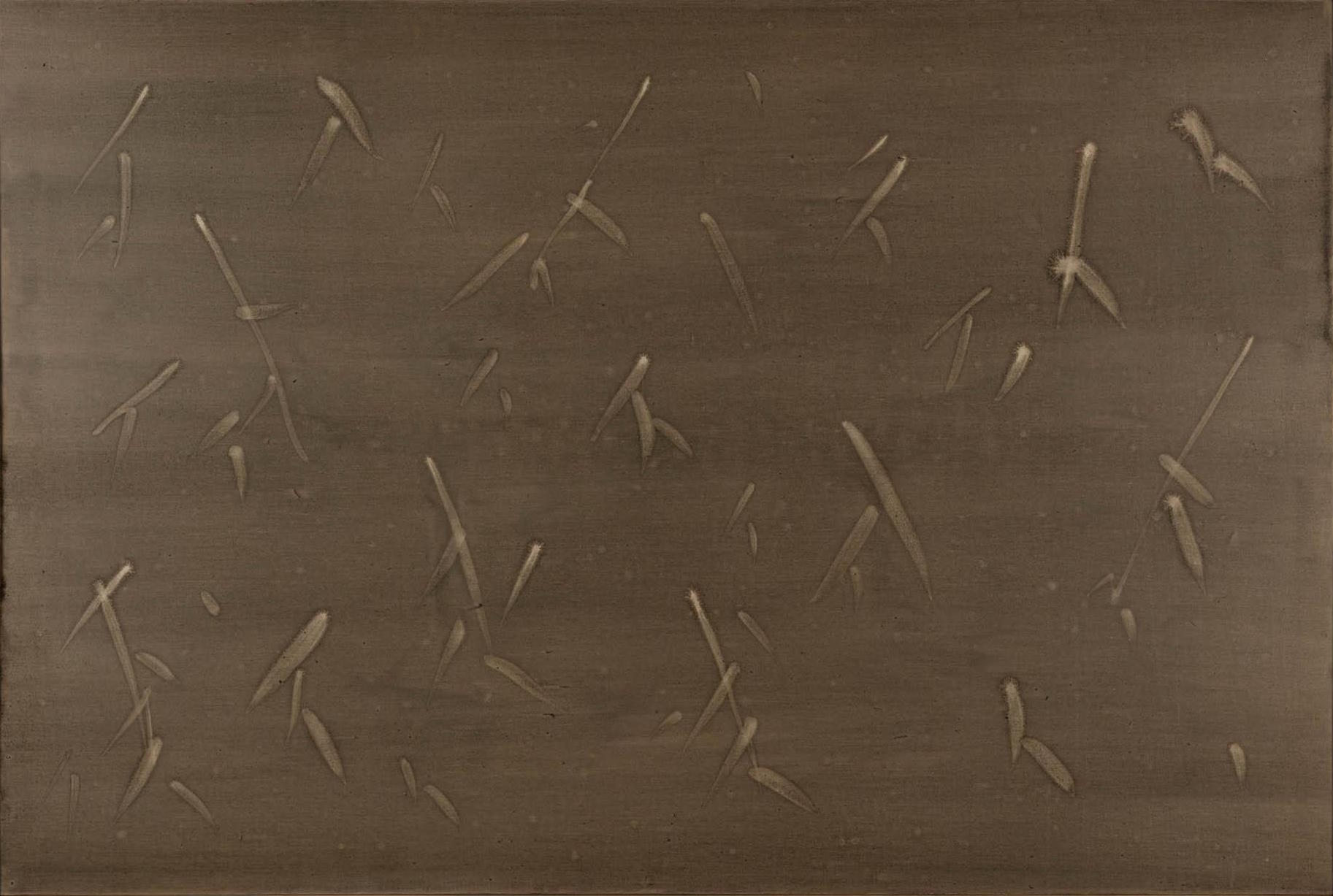
1990
Acrylic on canvas
130 x 193 cm
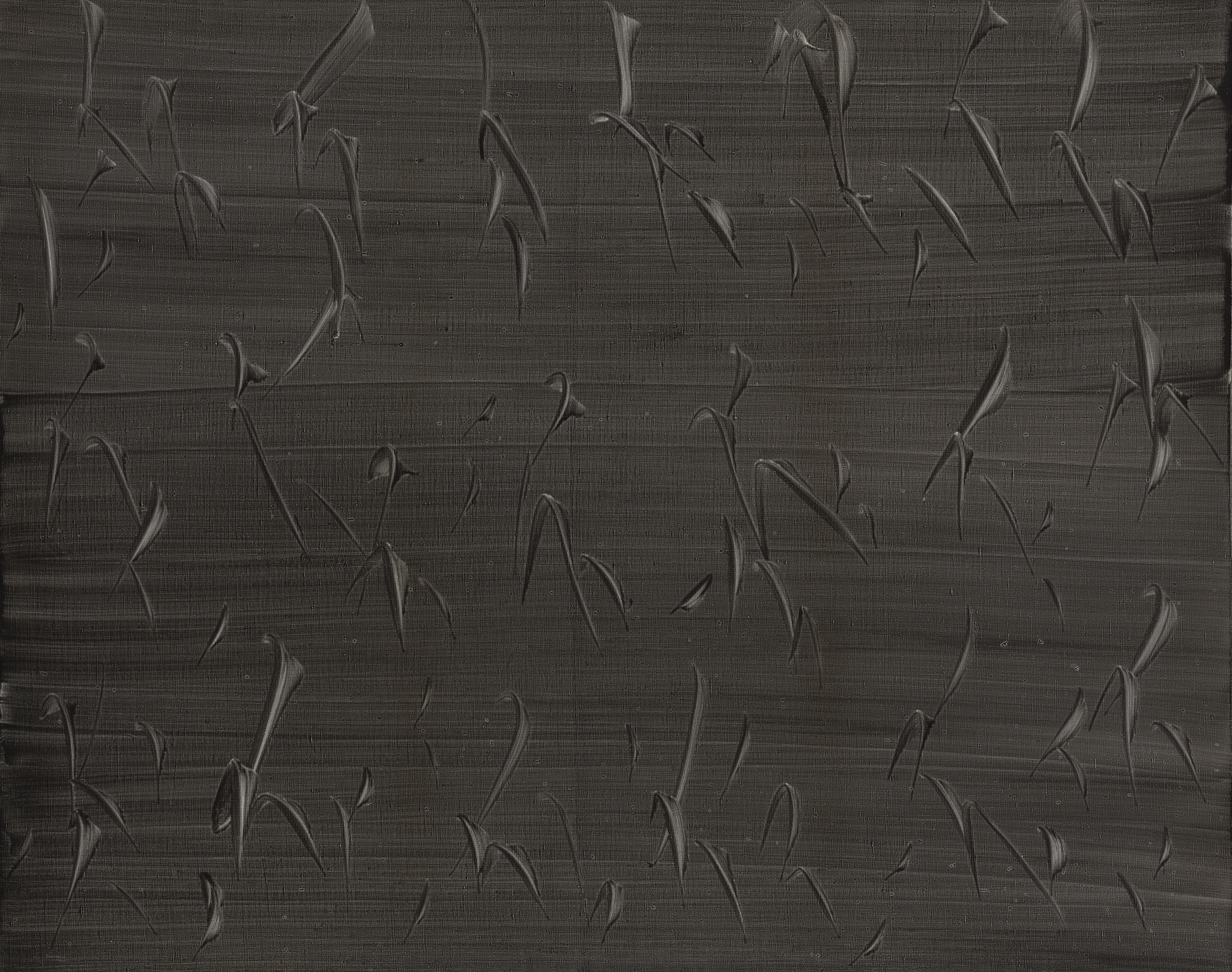
1990
Acrylic on canvas
130 x 162 cm

1990
Acrylic on canvas
130 x 162 cm
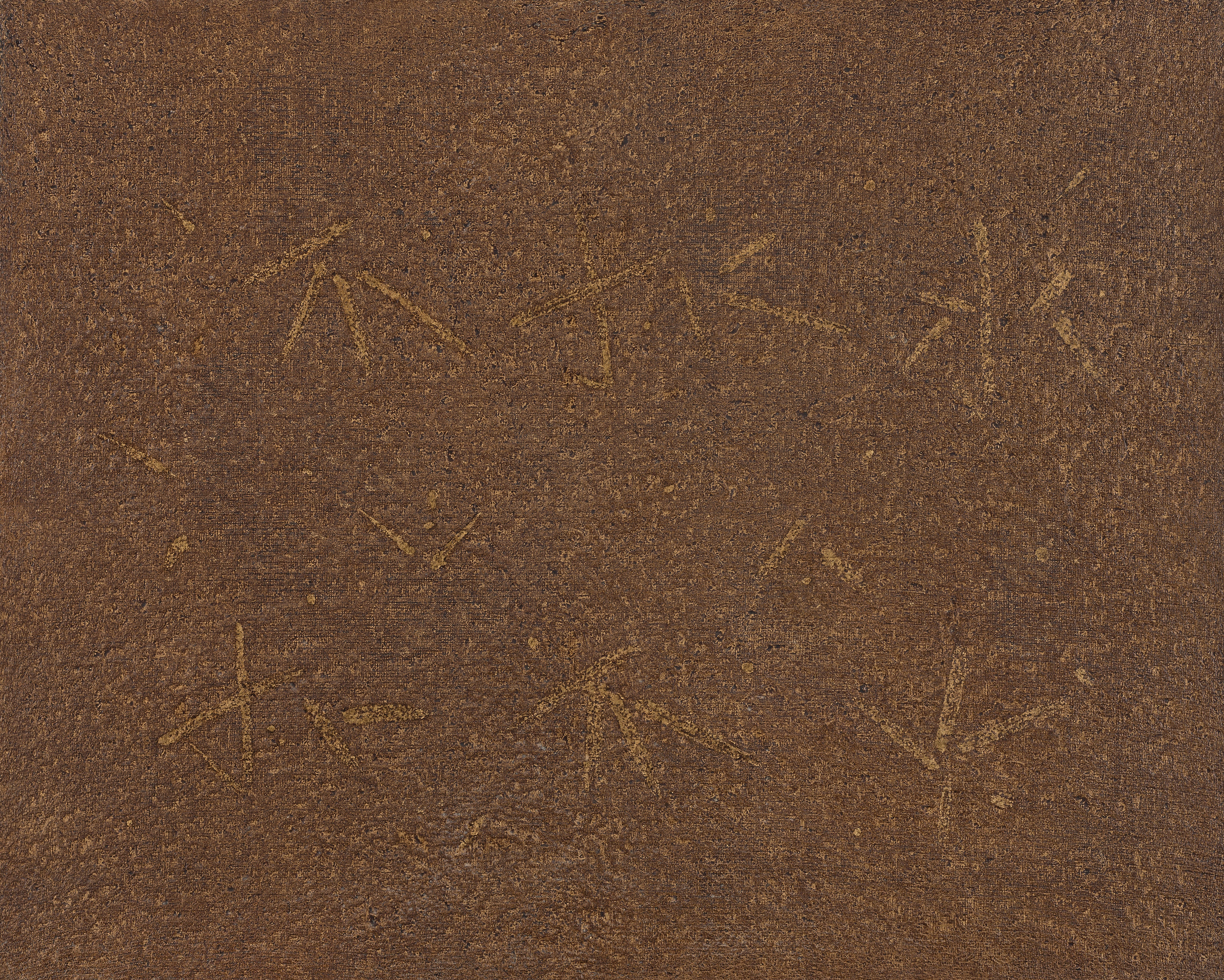
1996
Acrylic on canvas
130 x 162 cm

2001
Acrylic on rice paper
45 x 53 cm
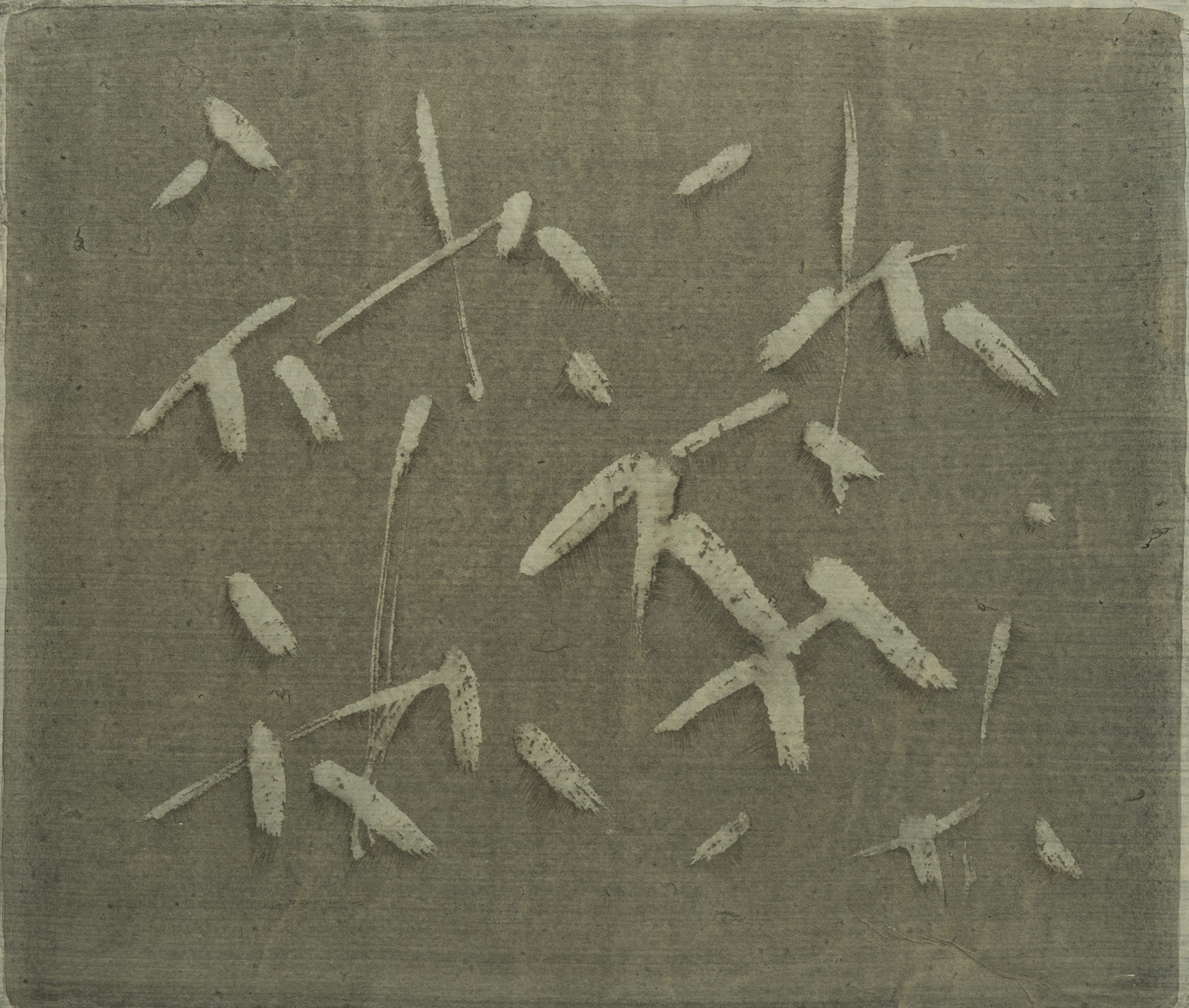
2001
Acrylic on rice paper
46 x 53 cm